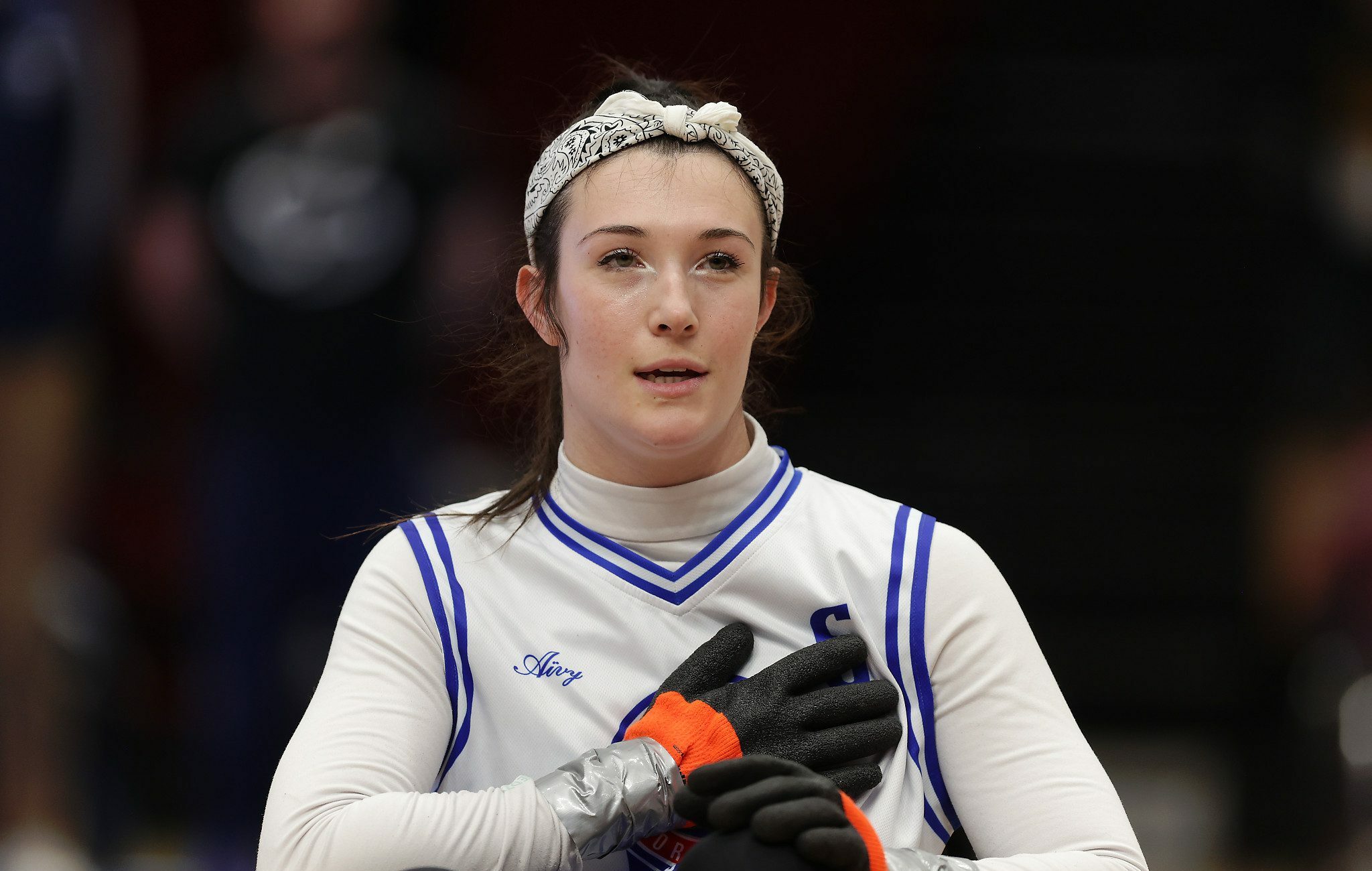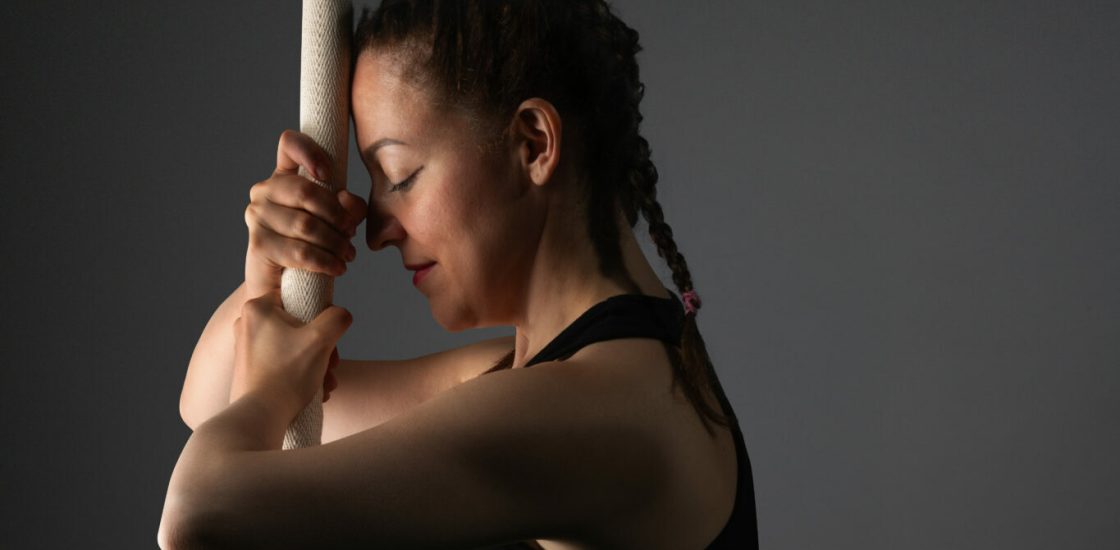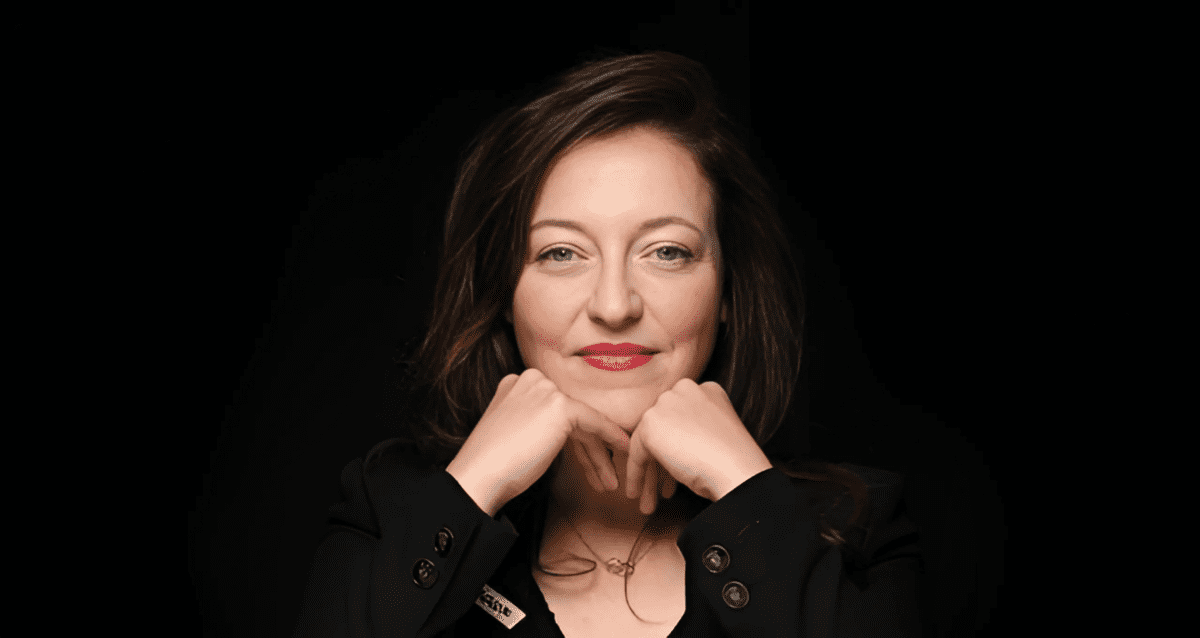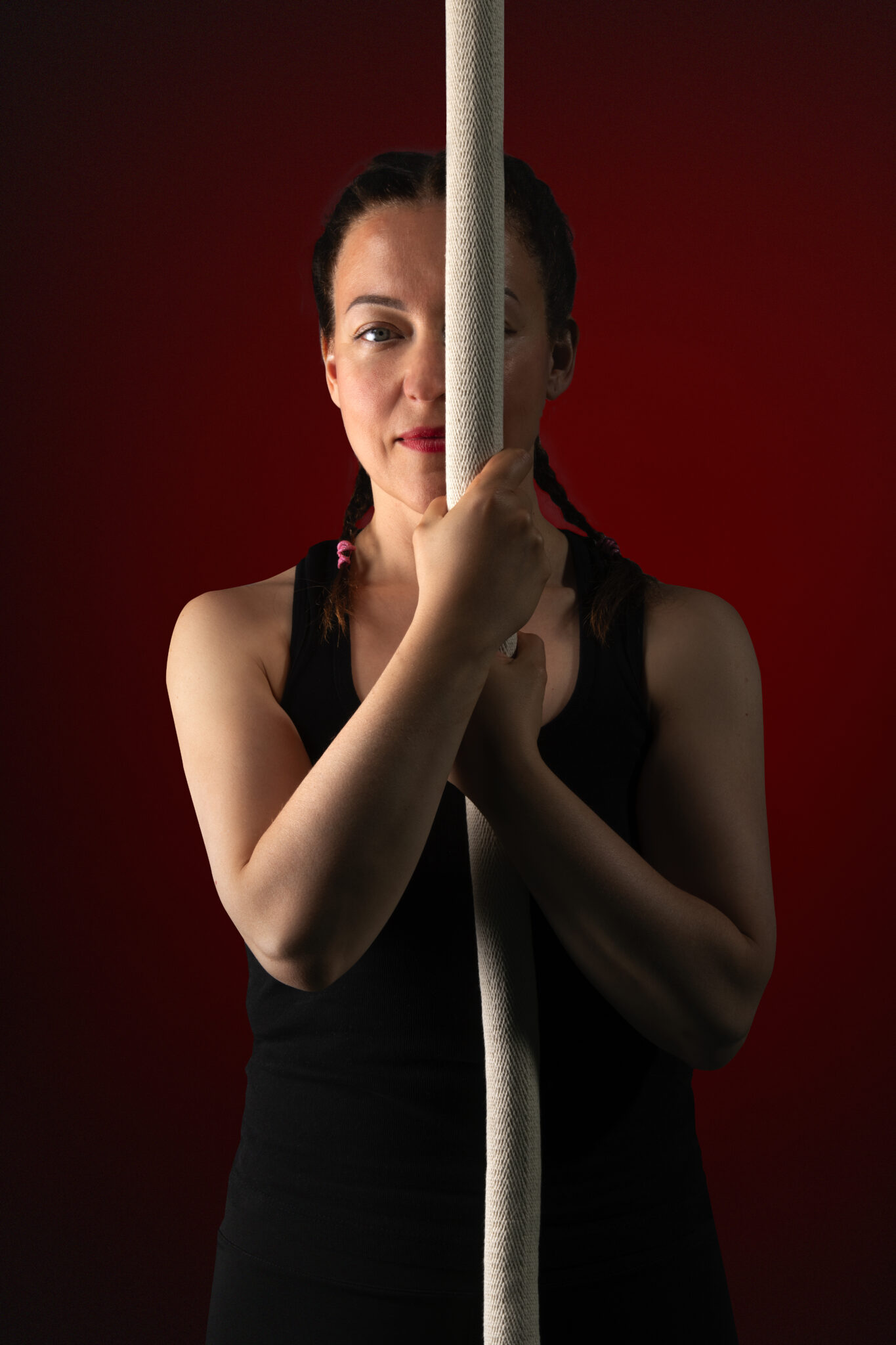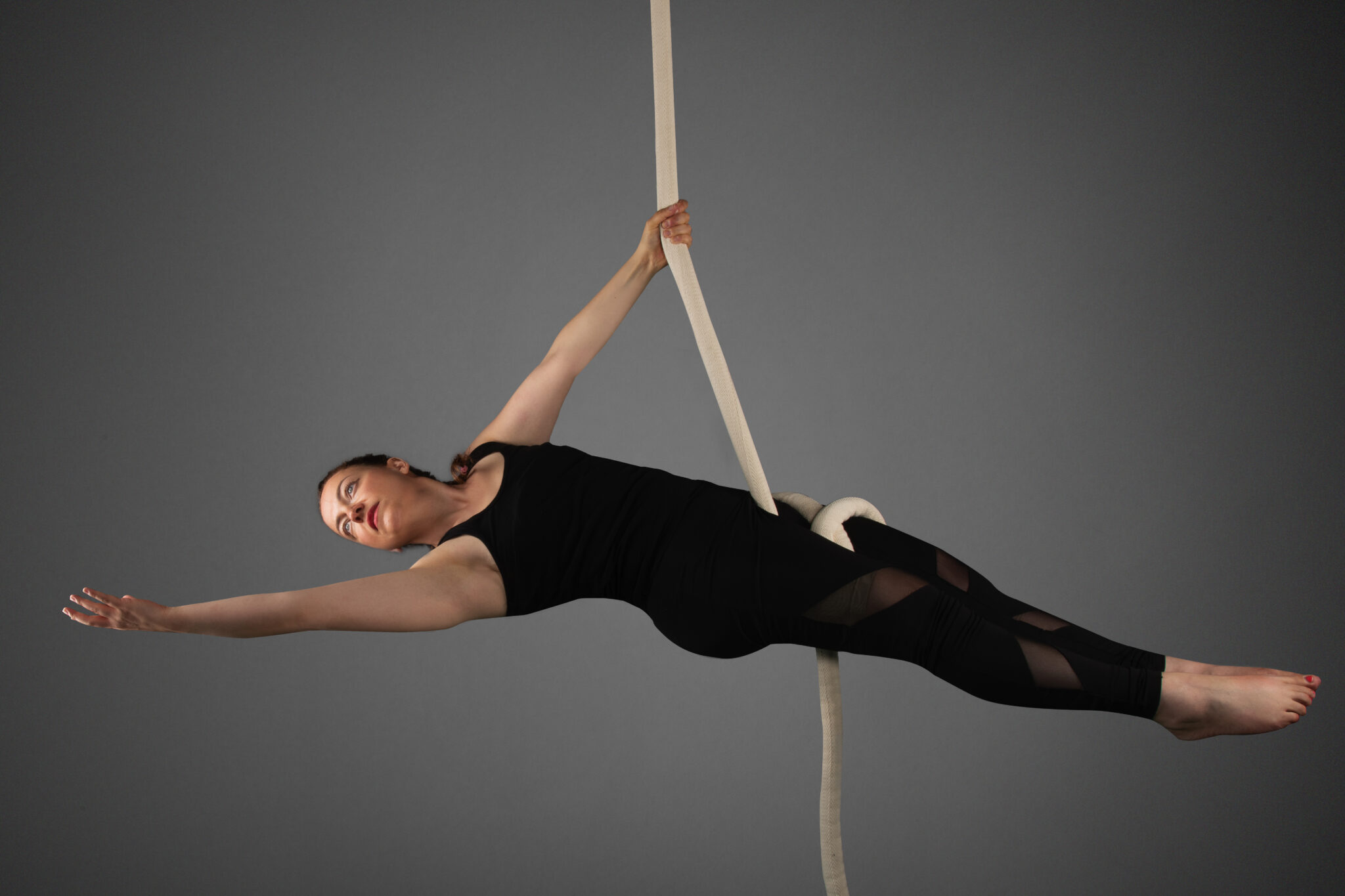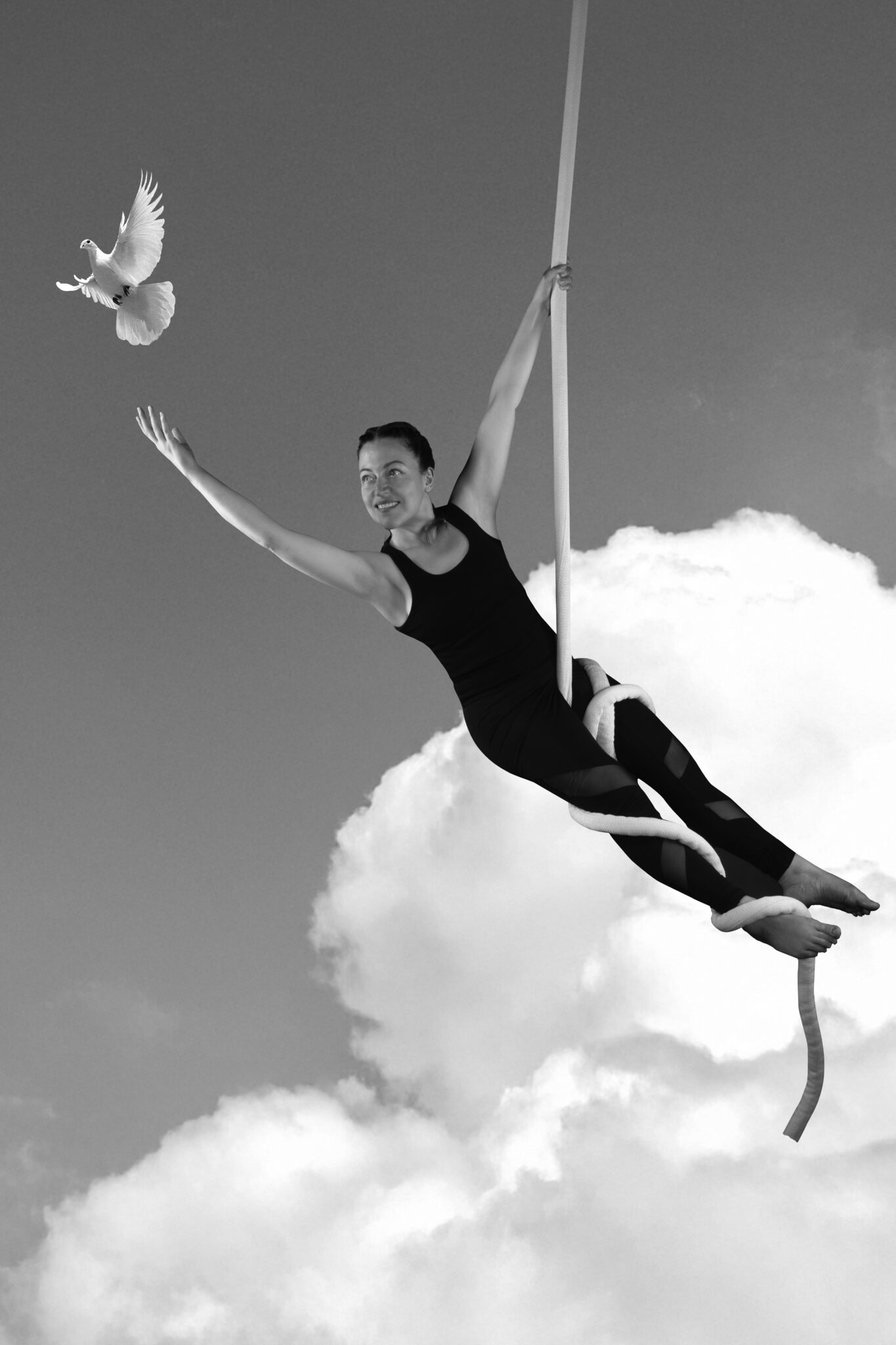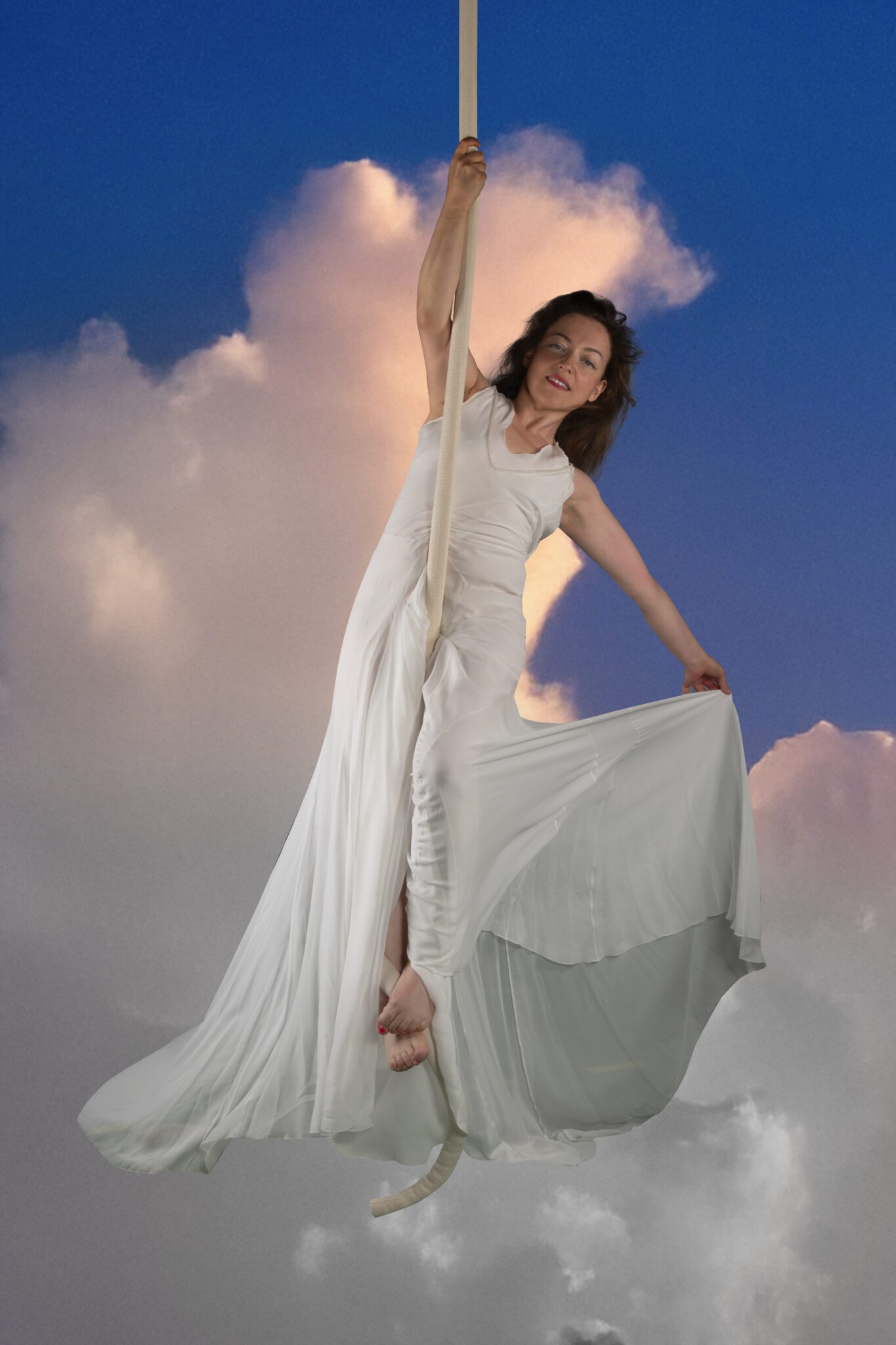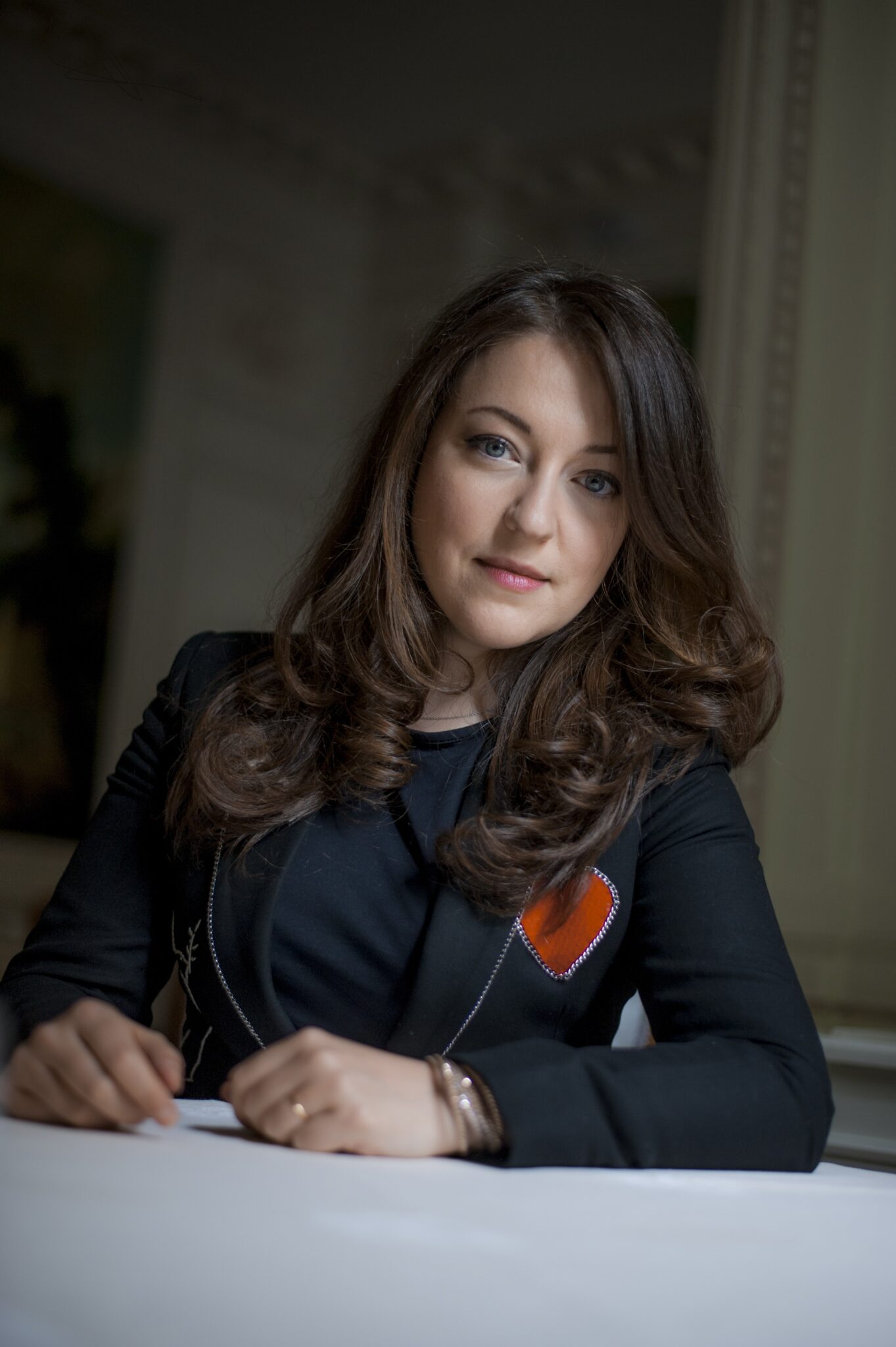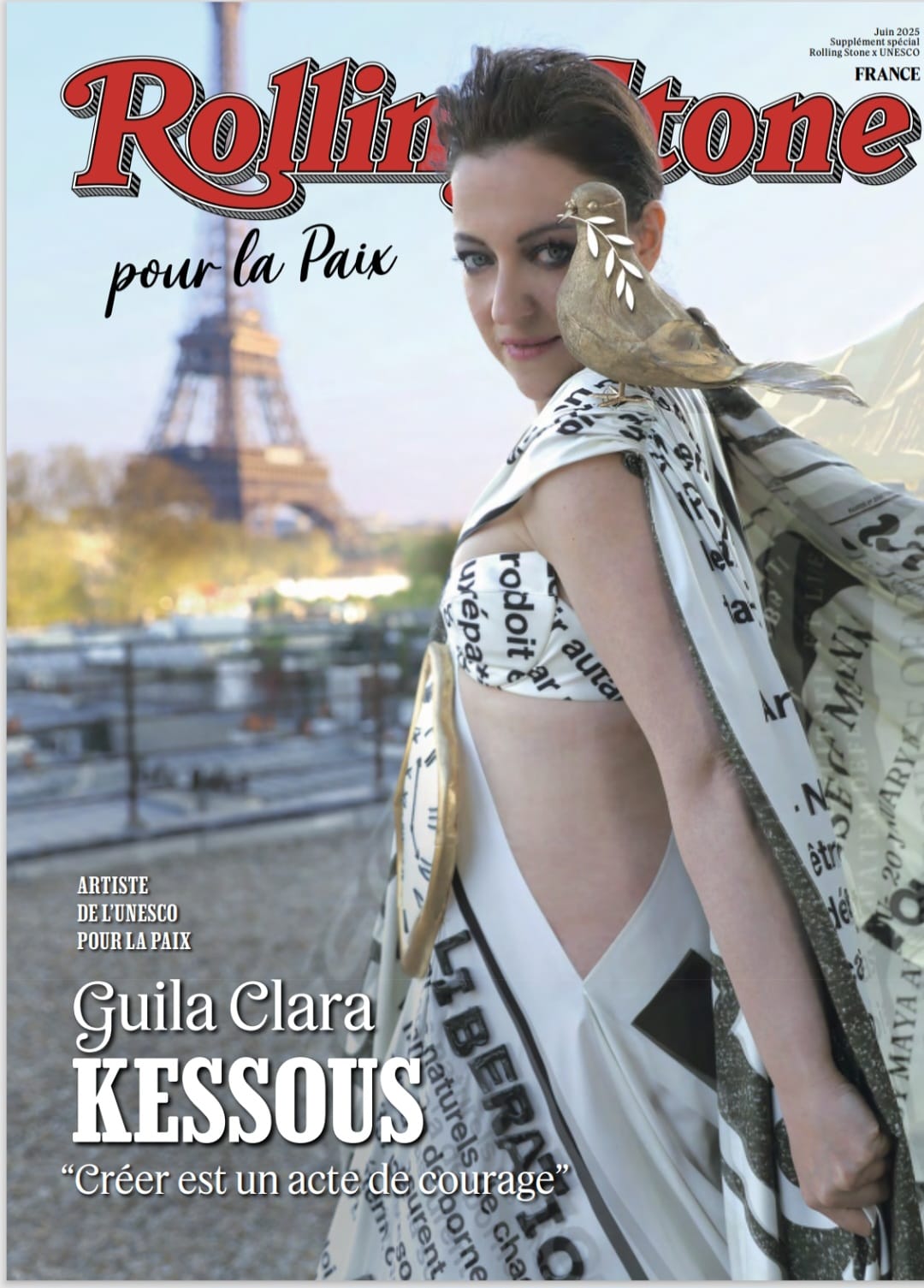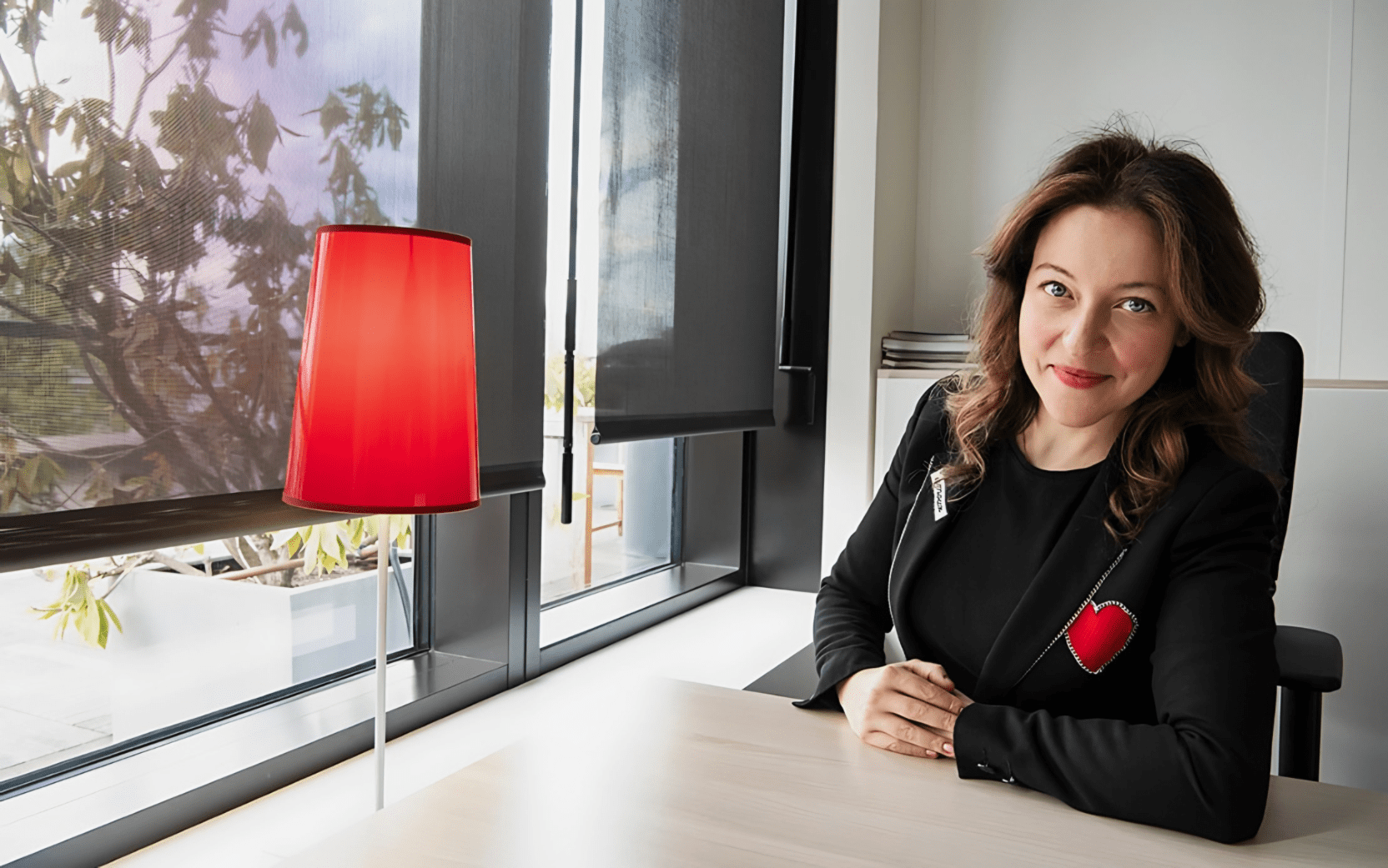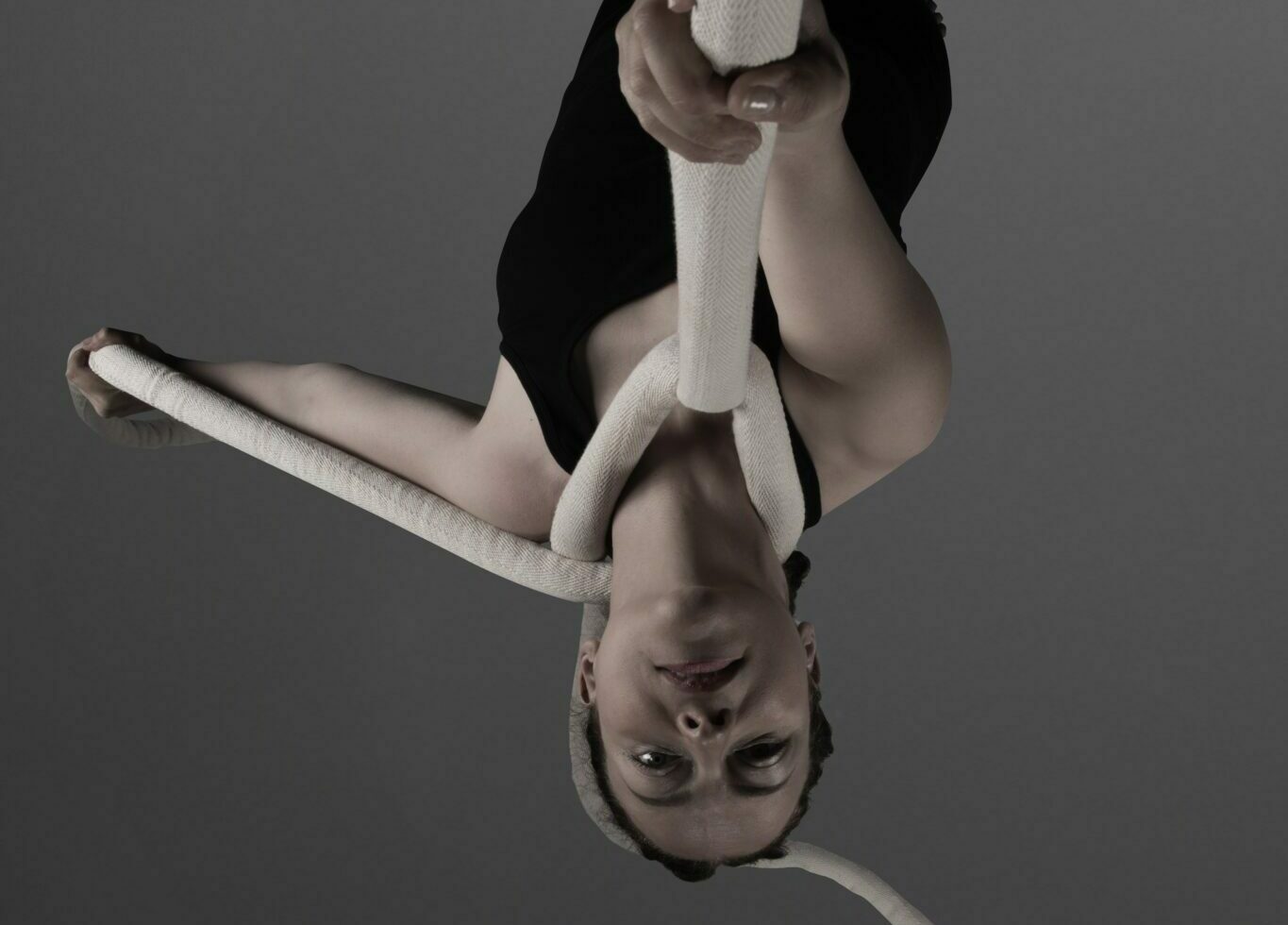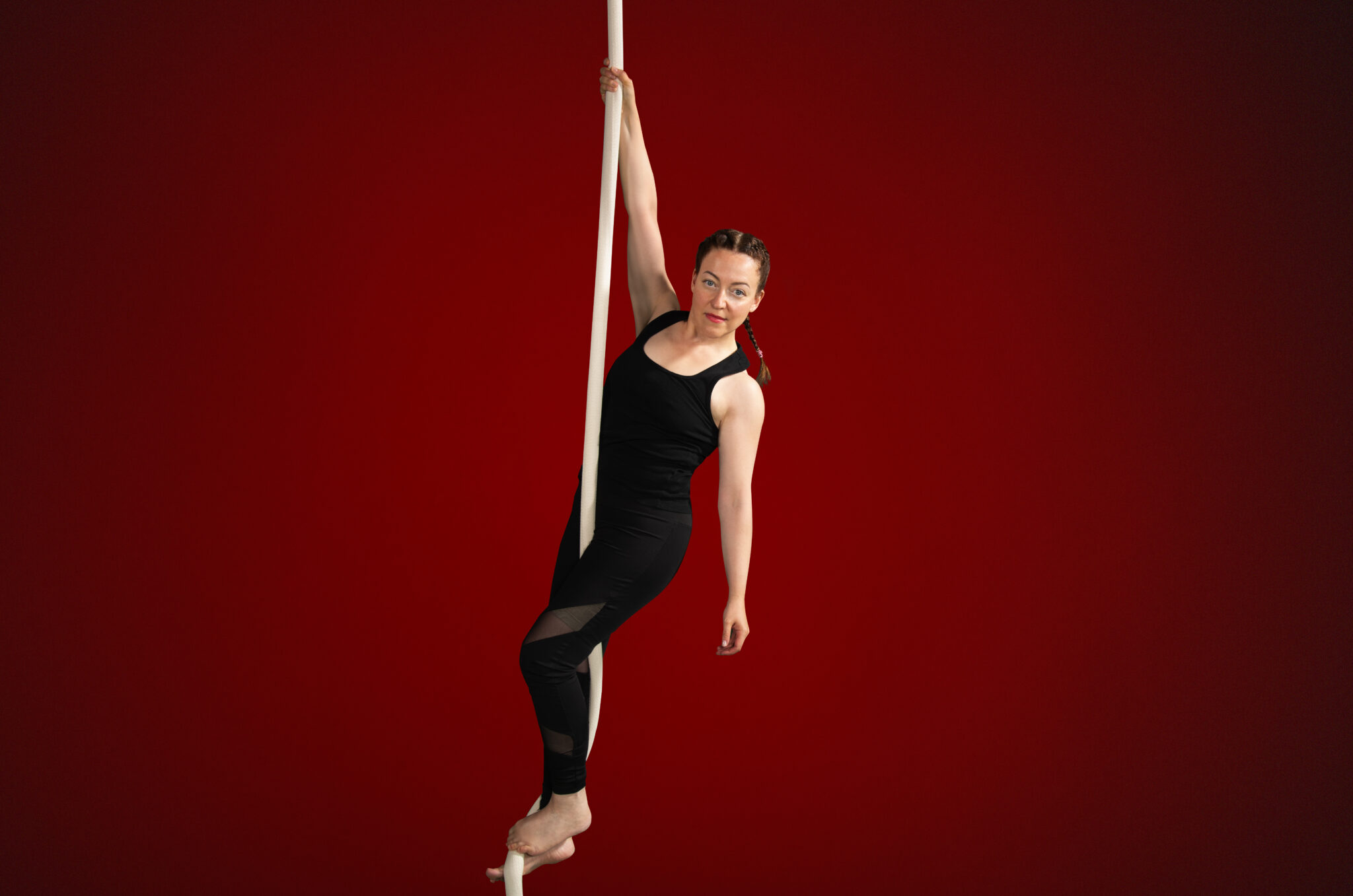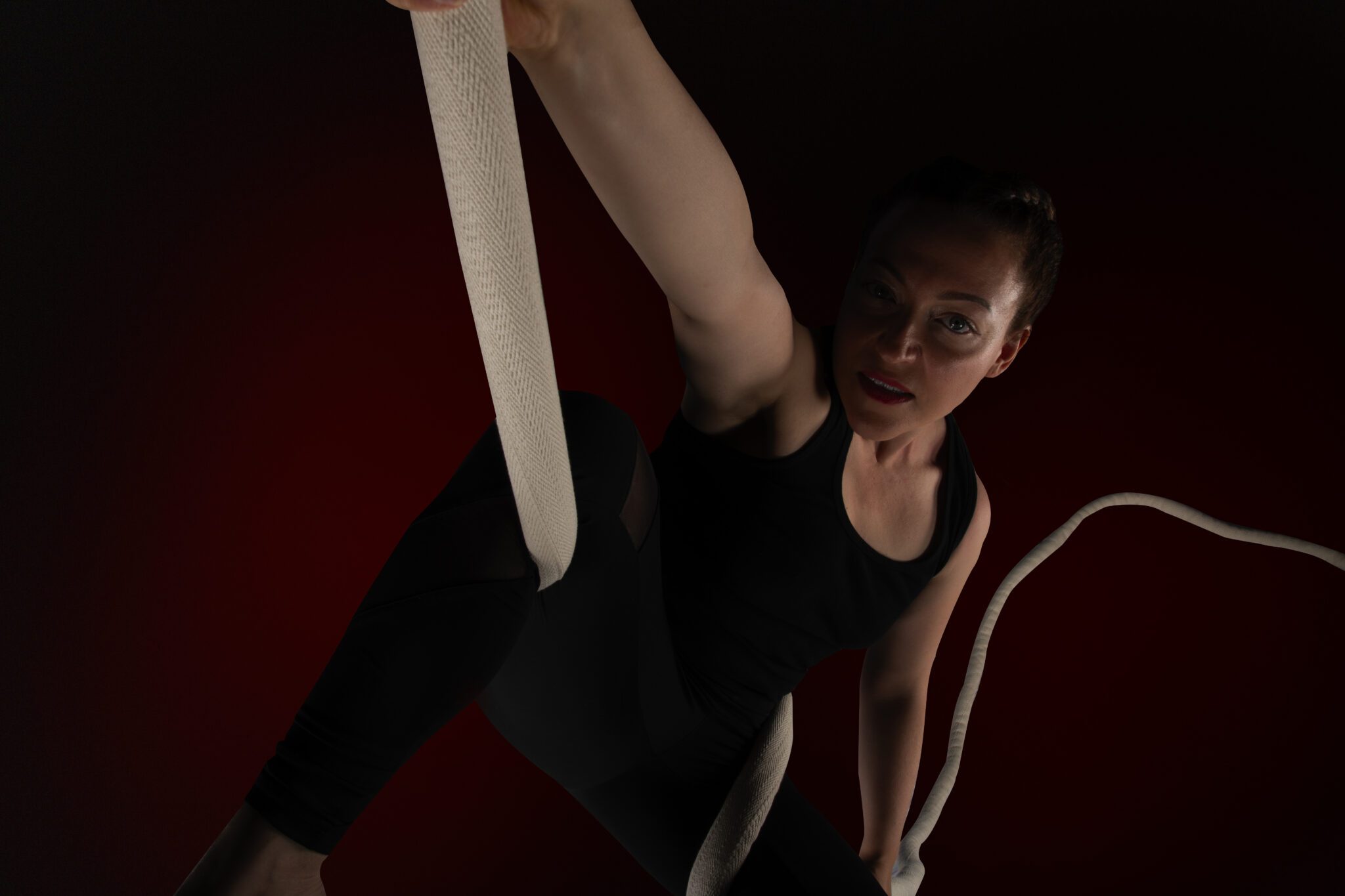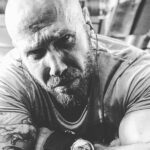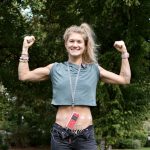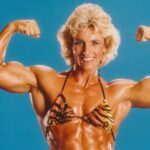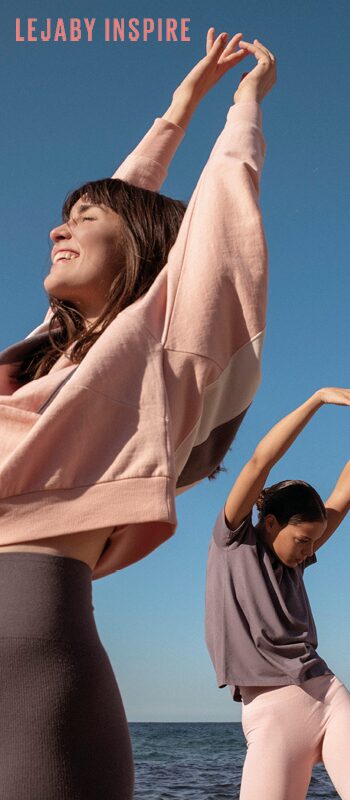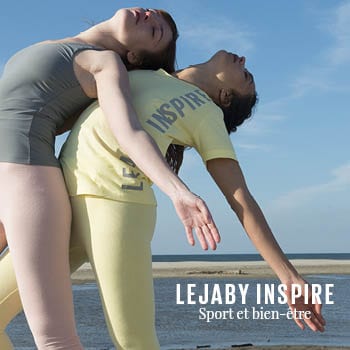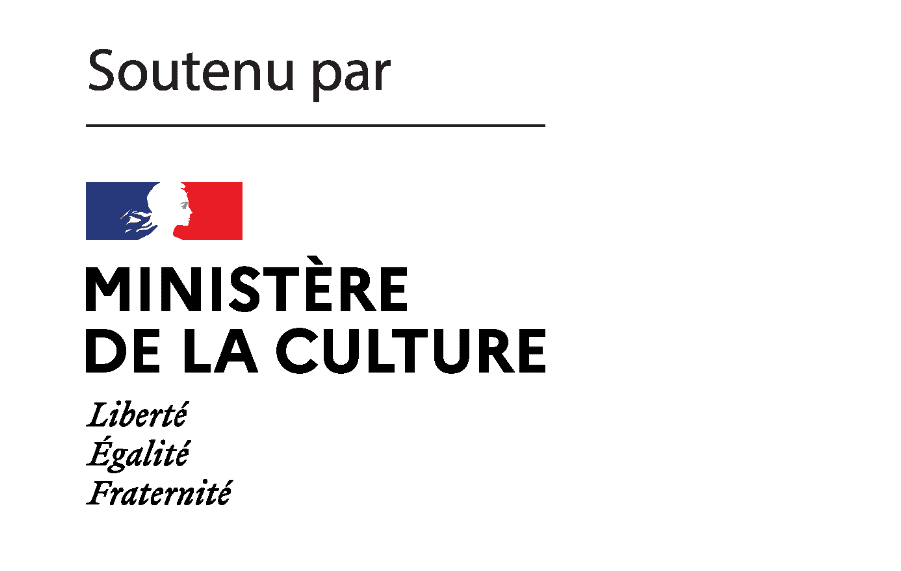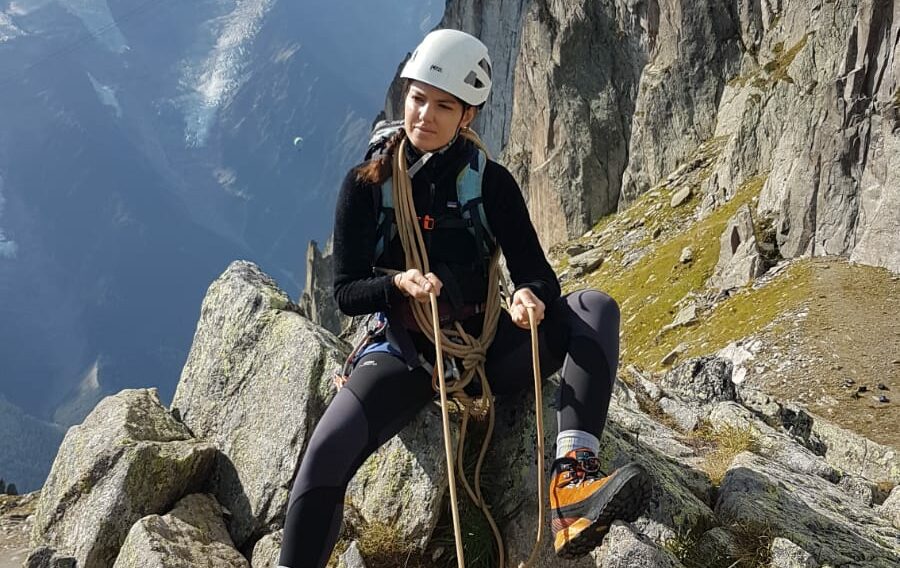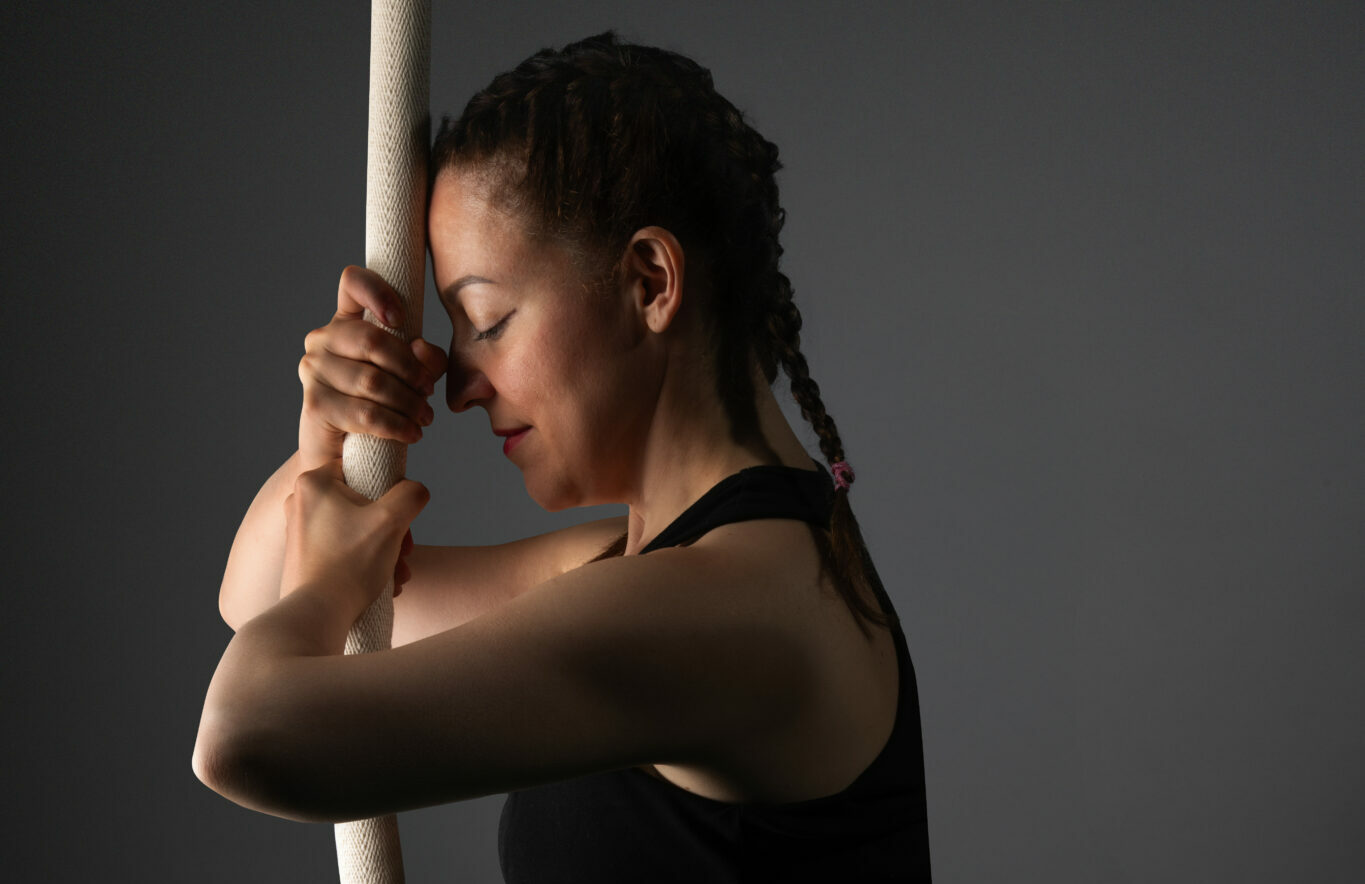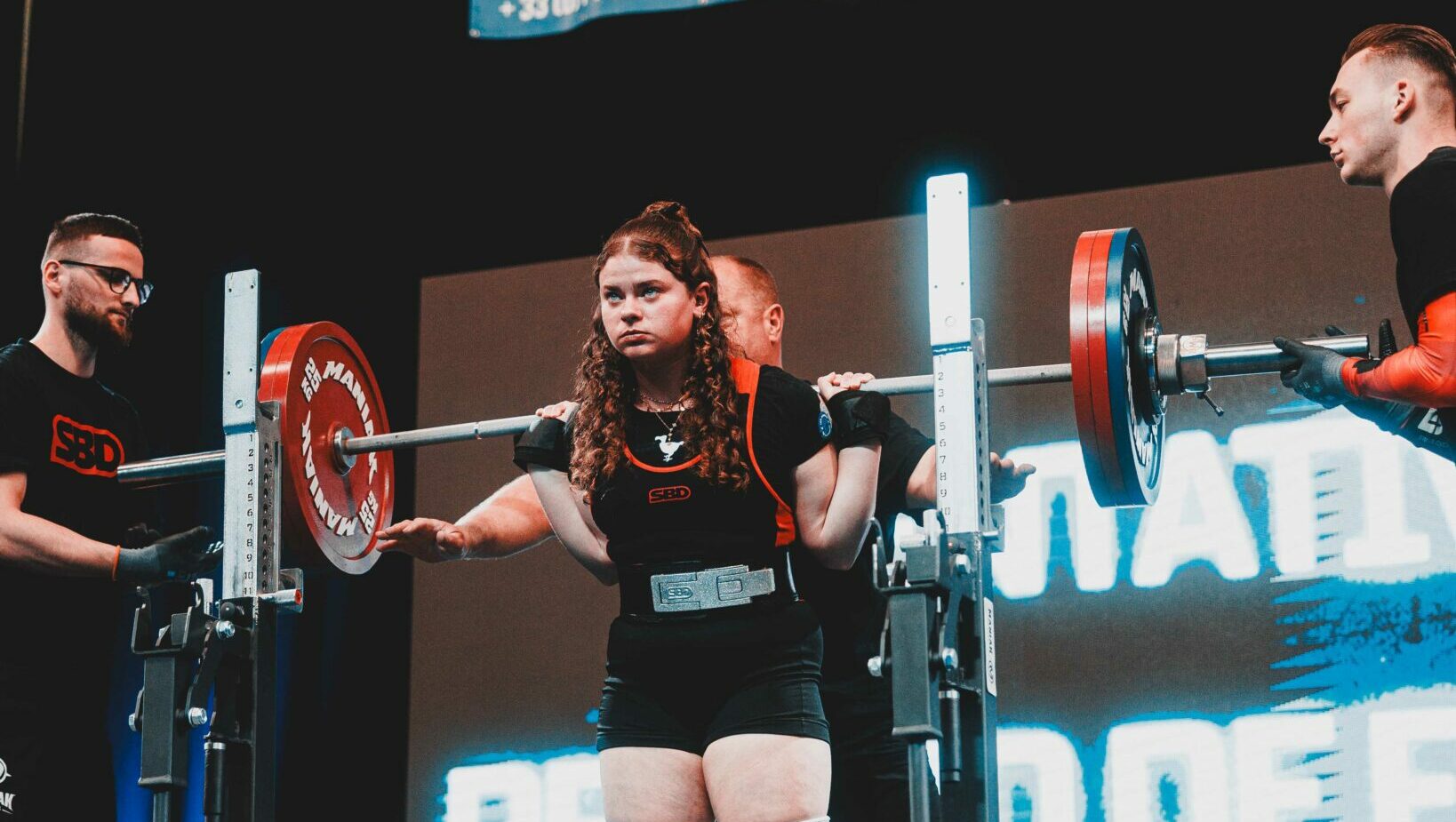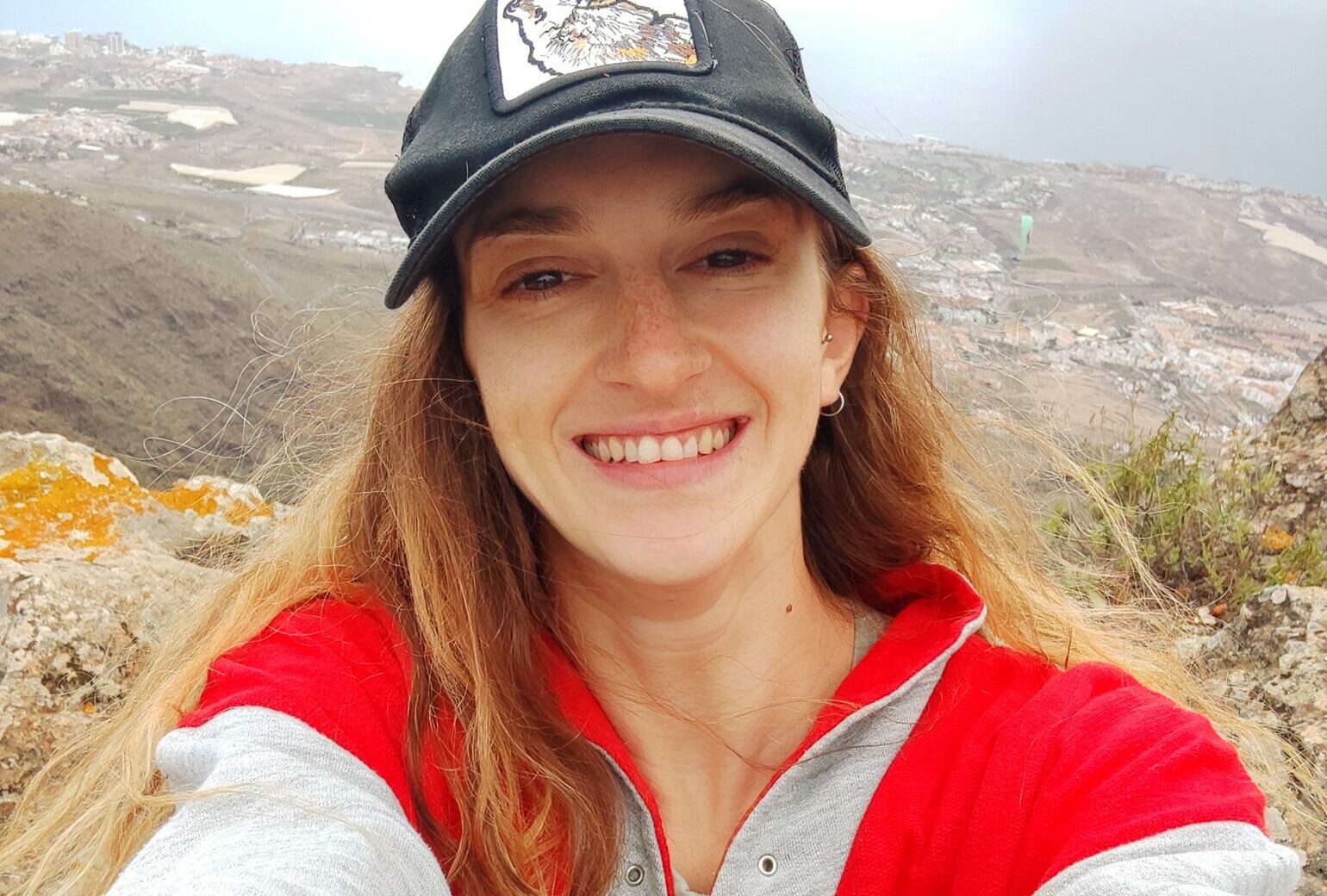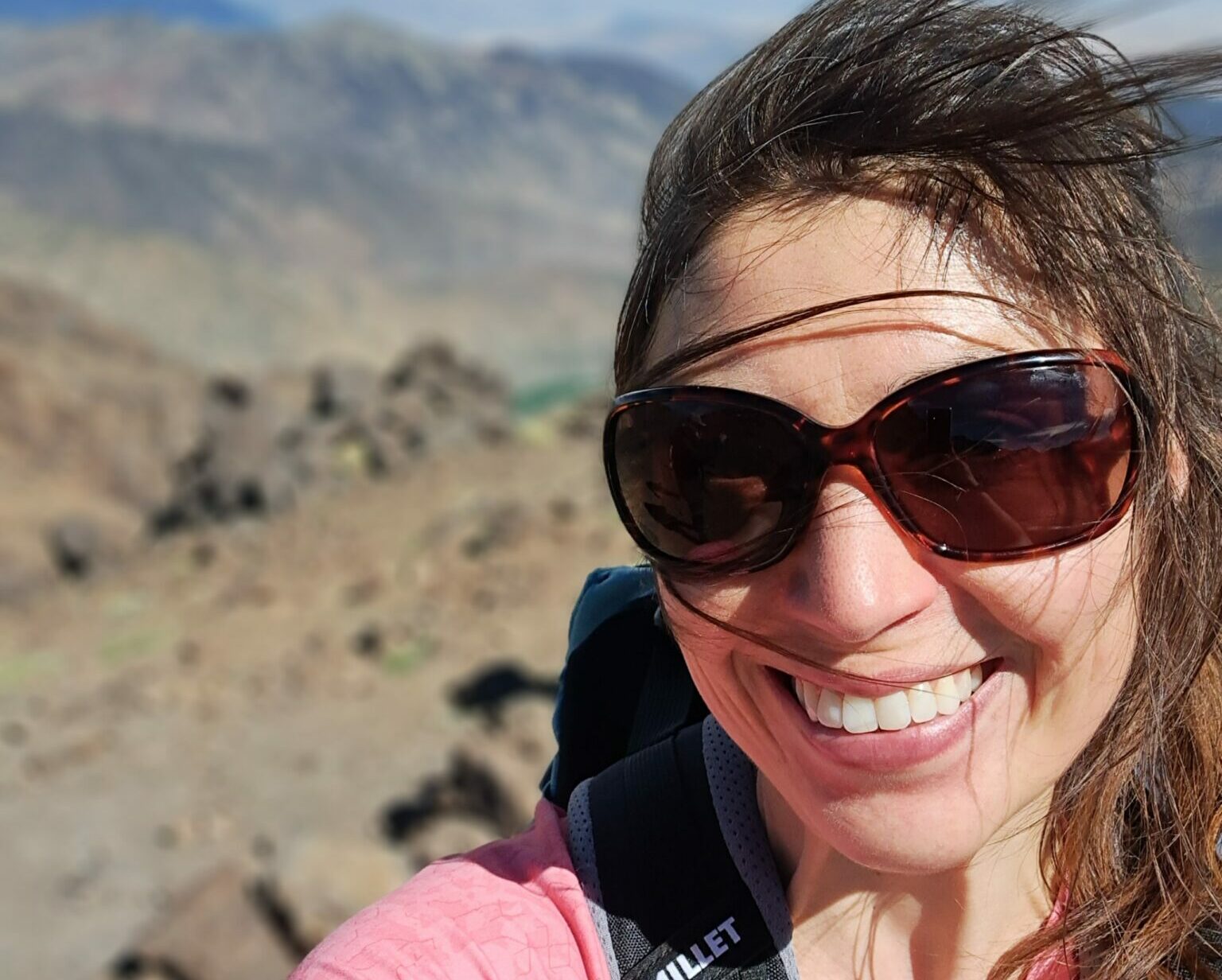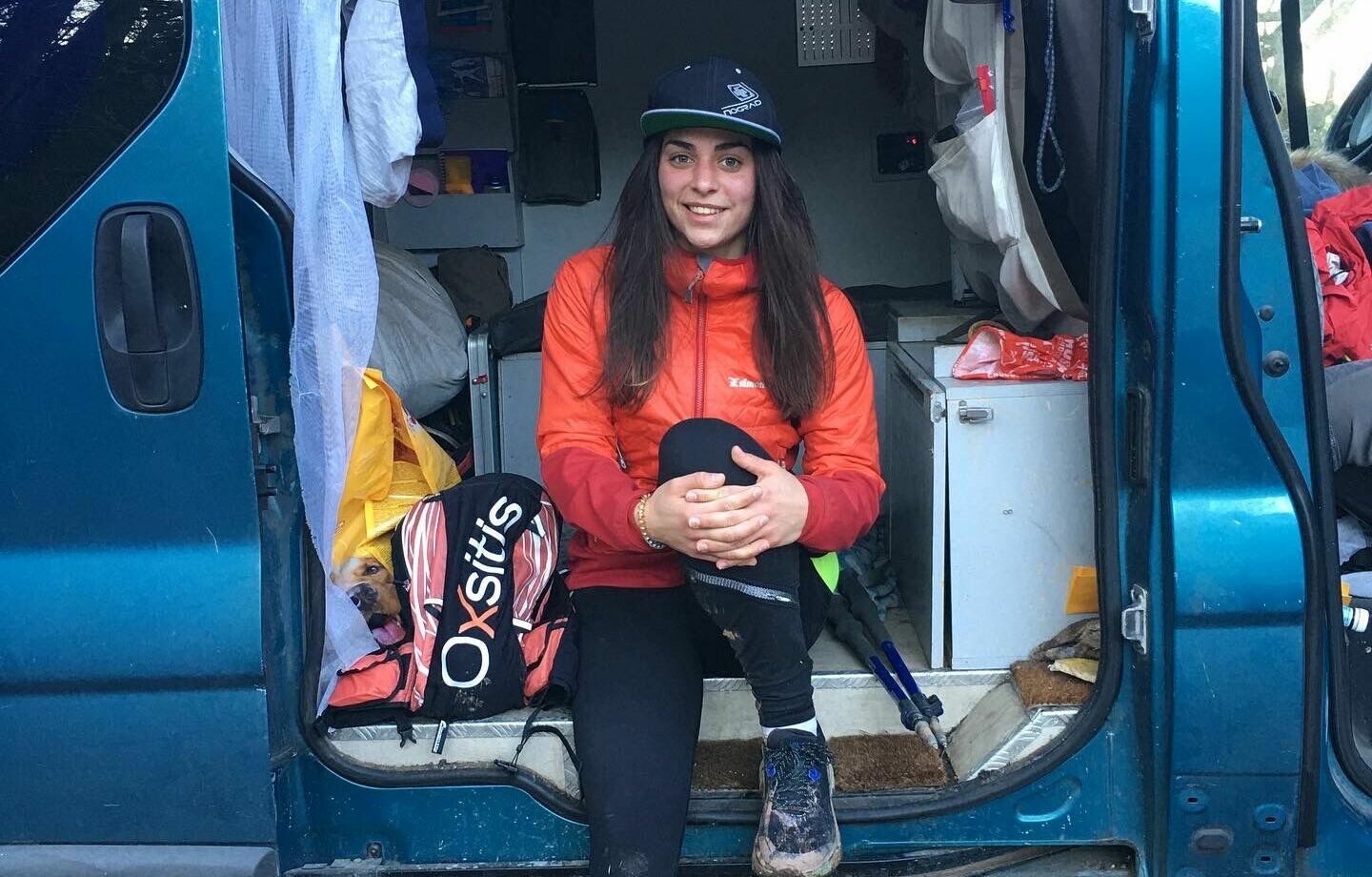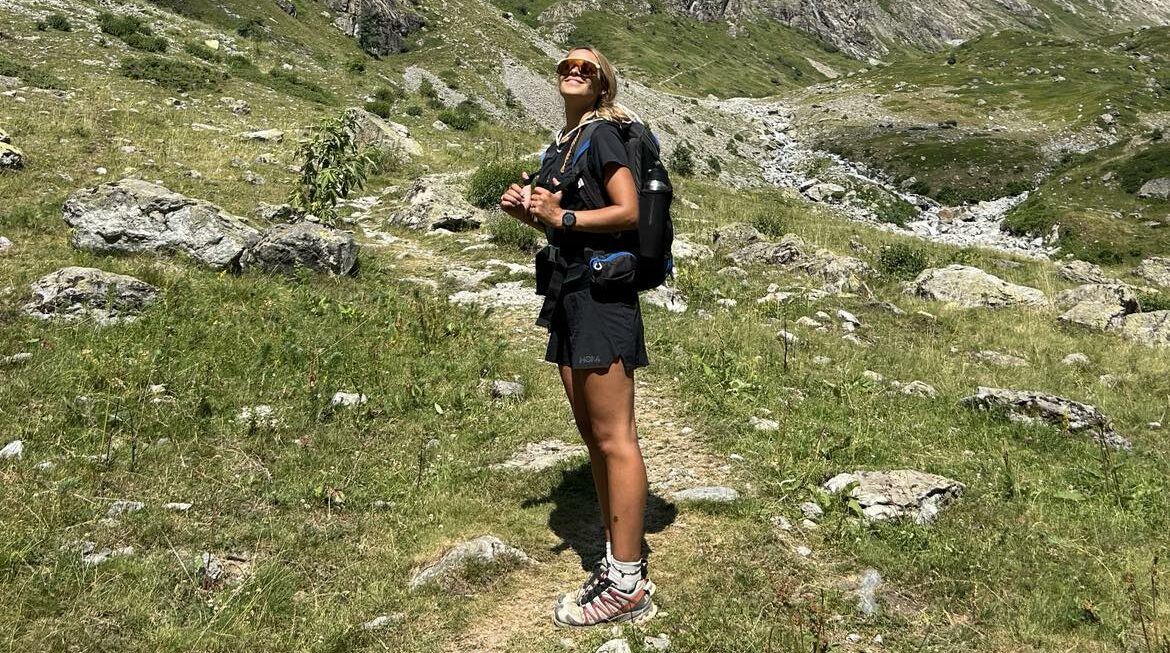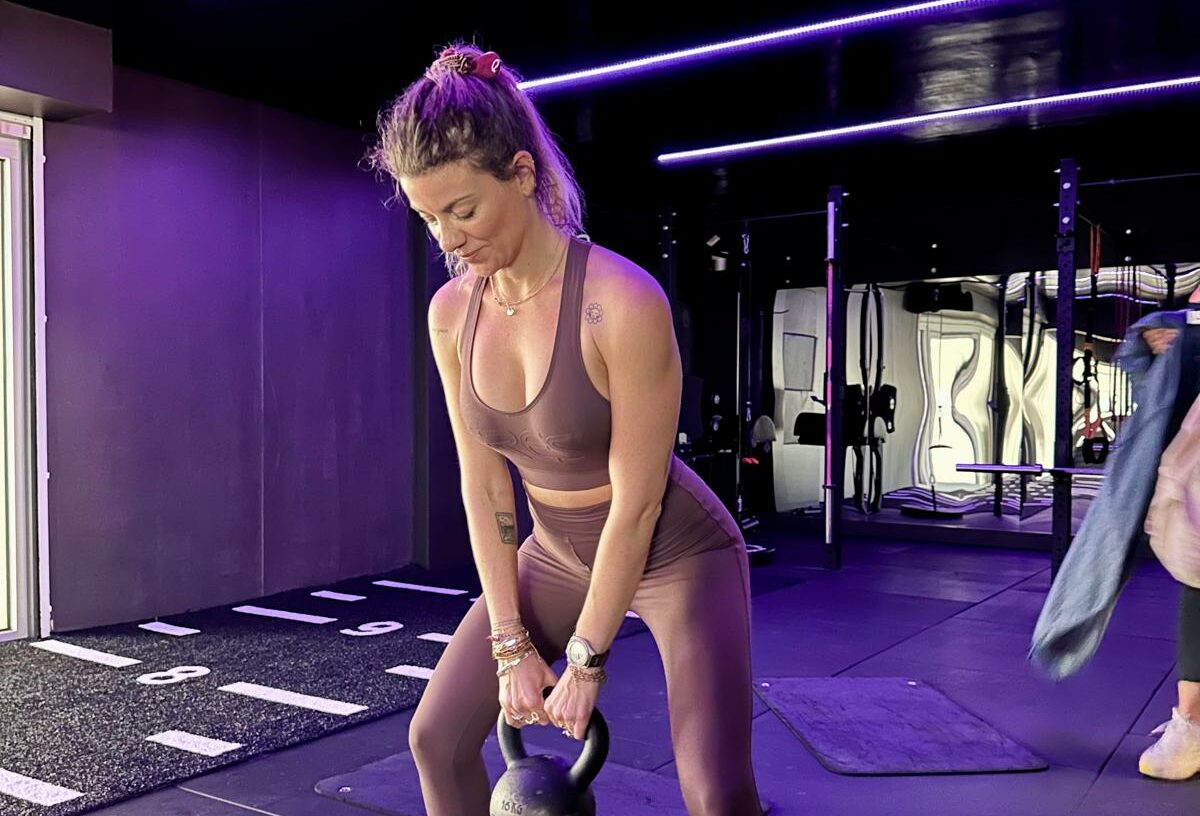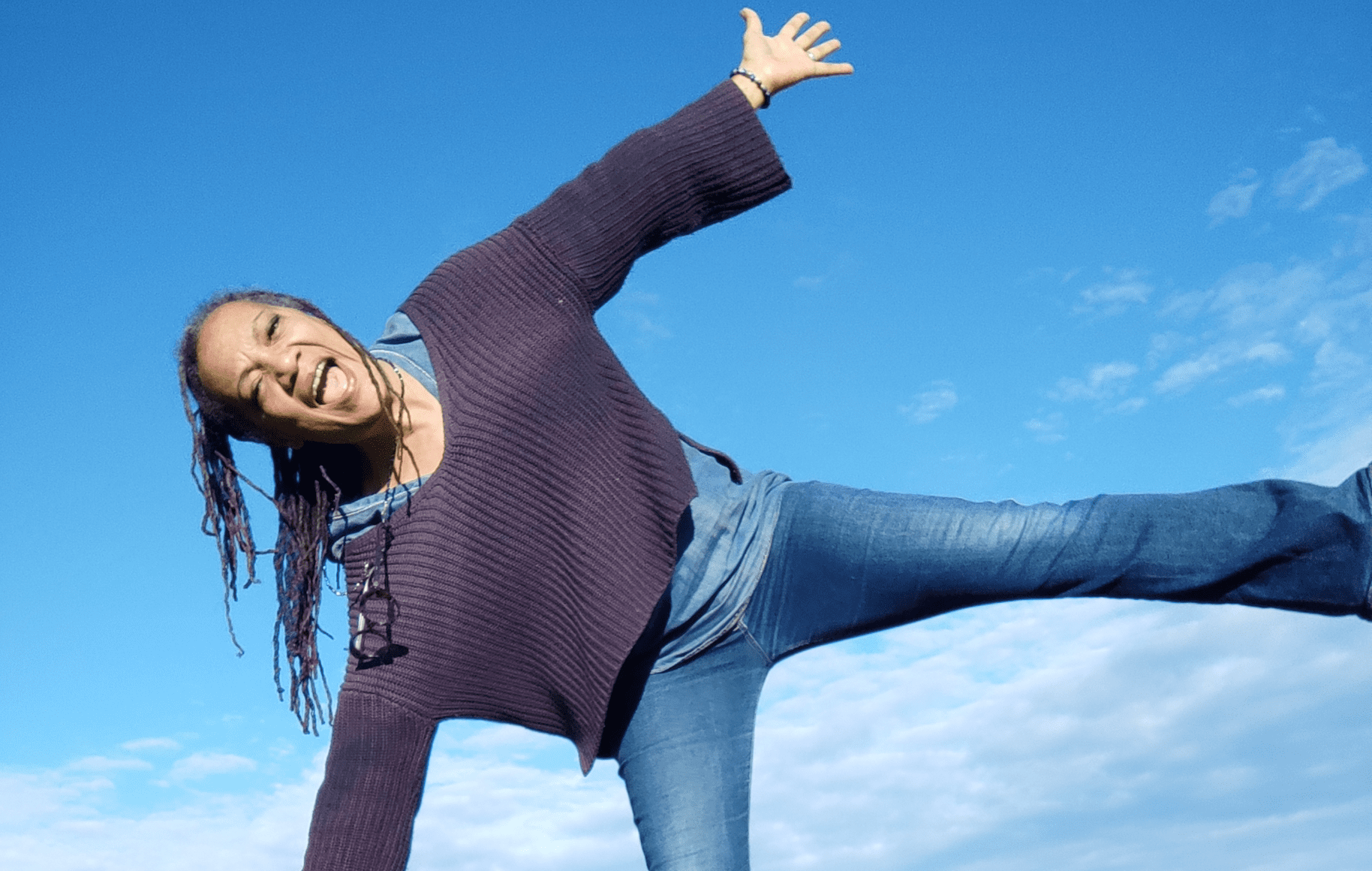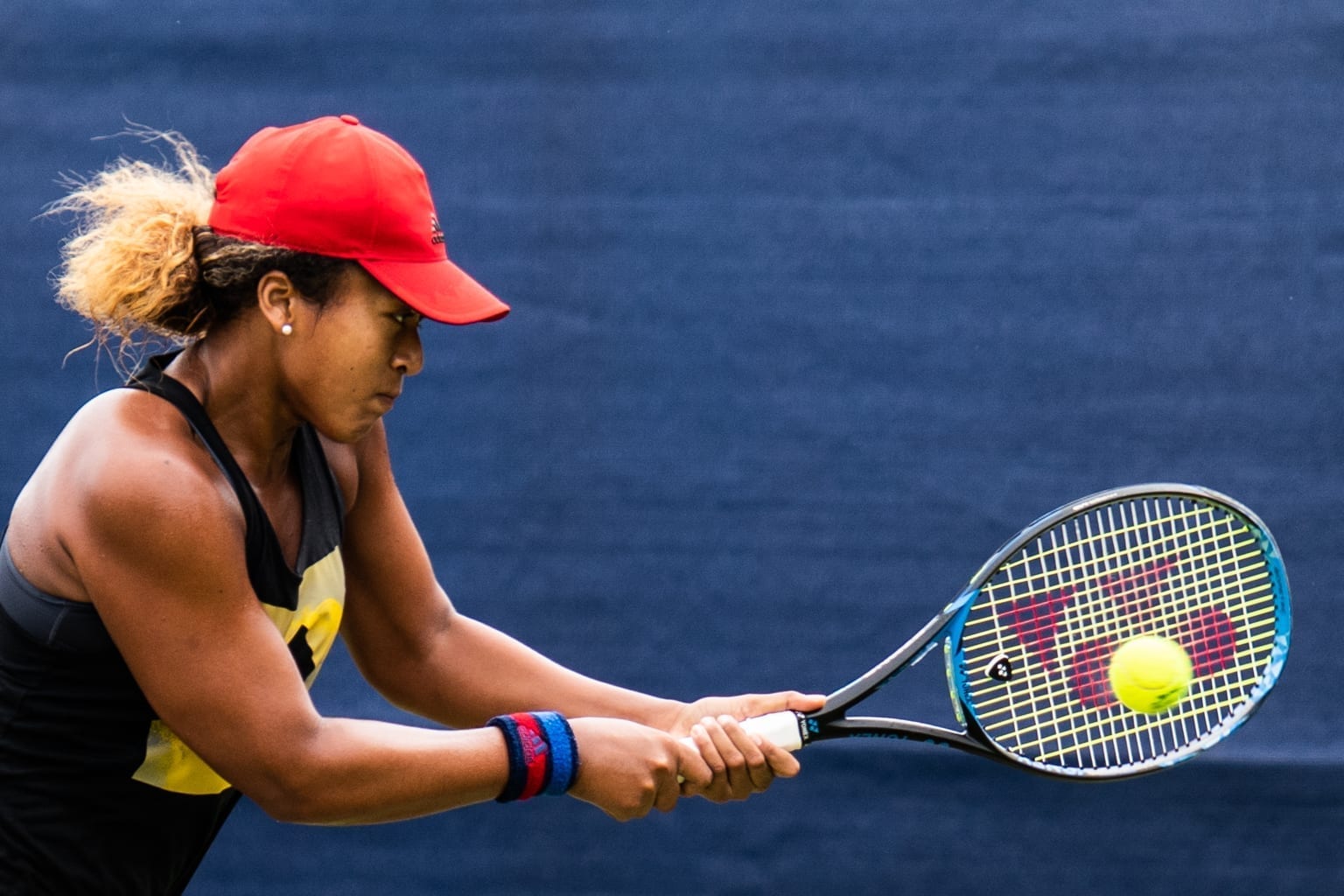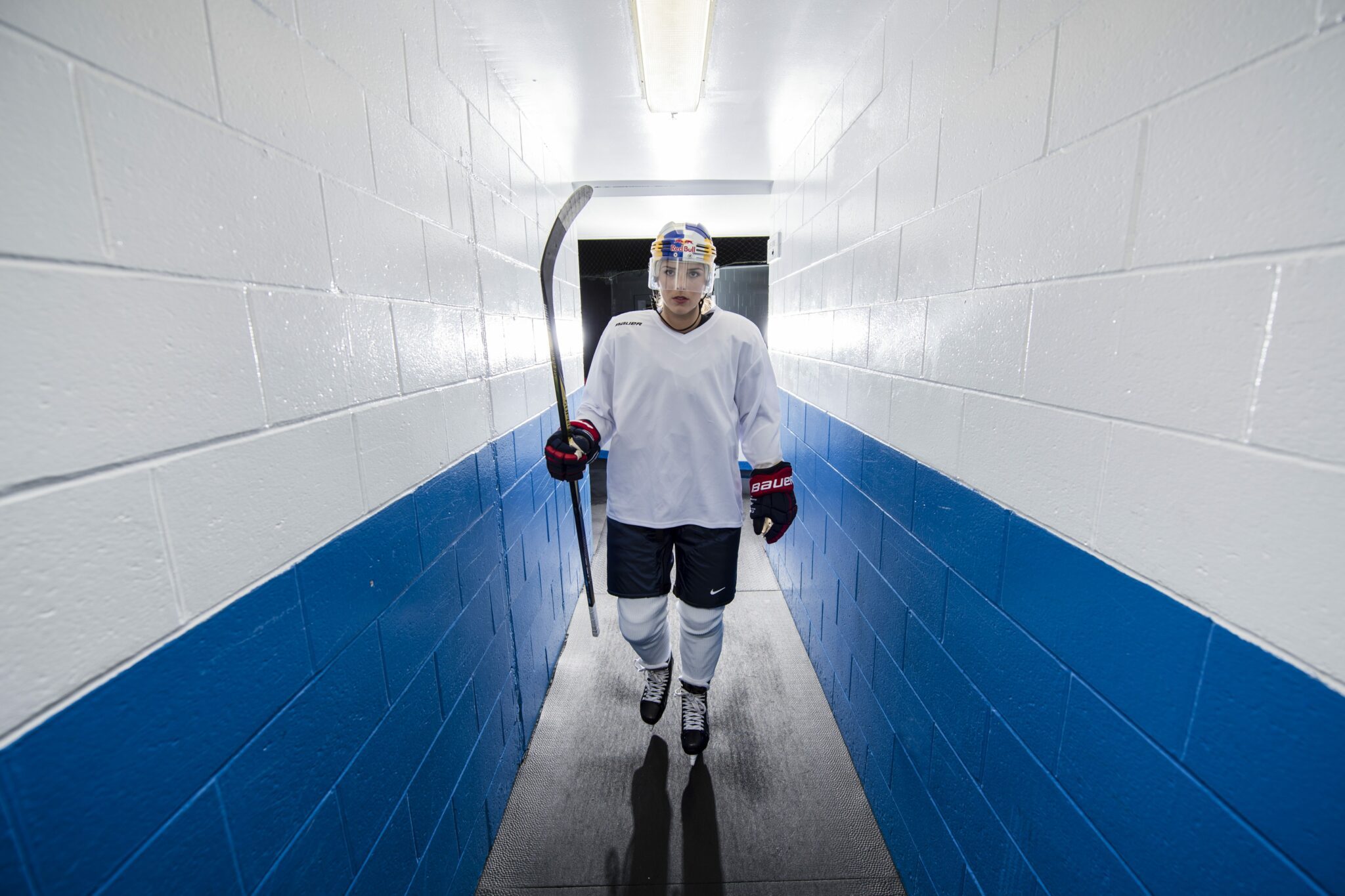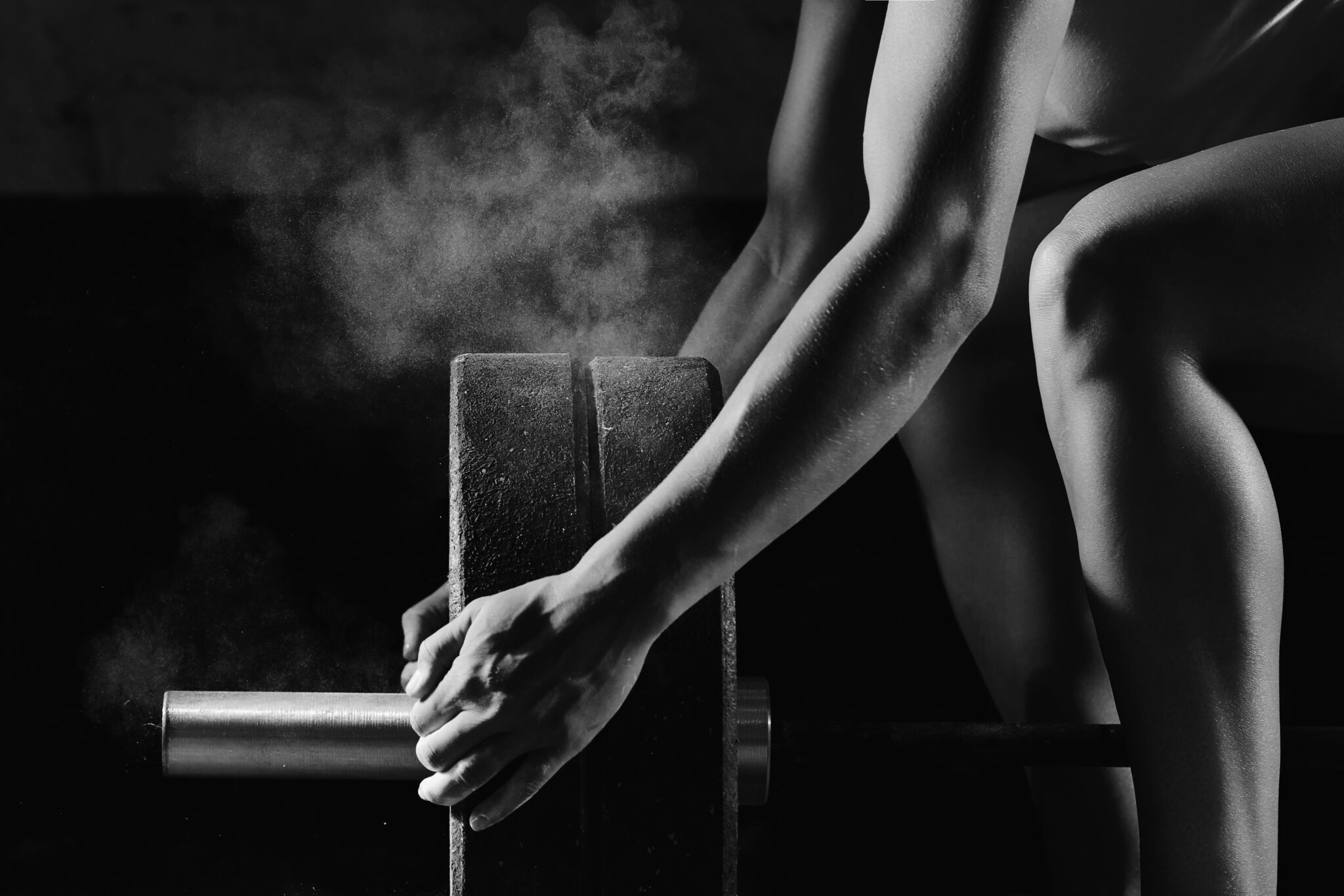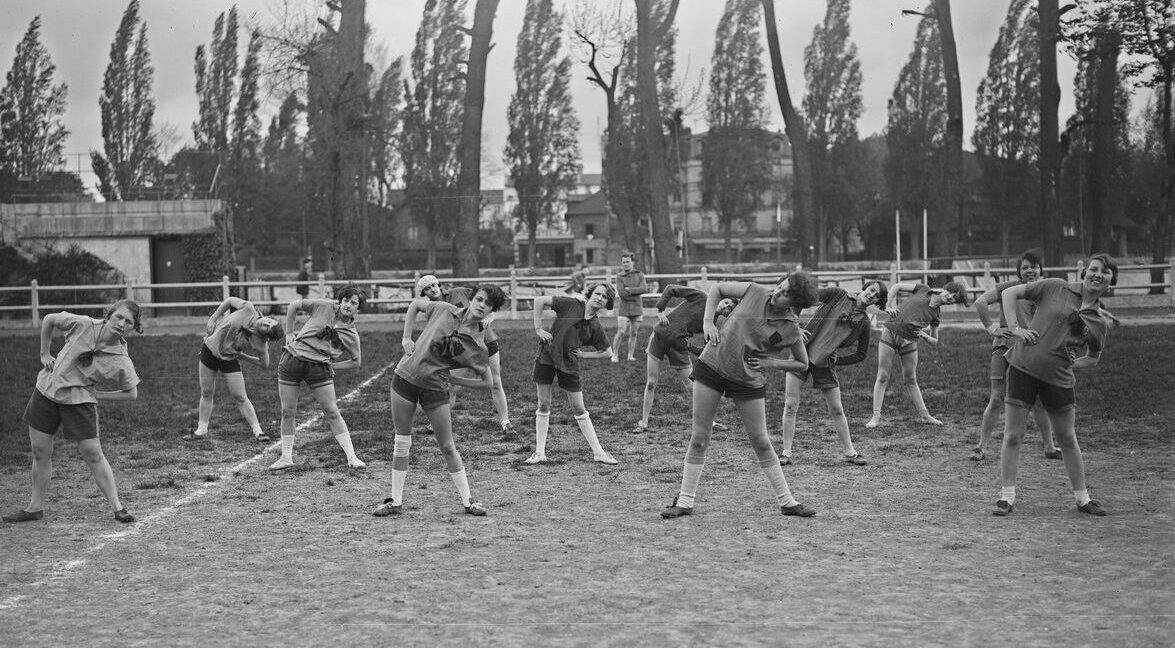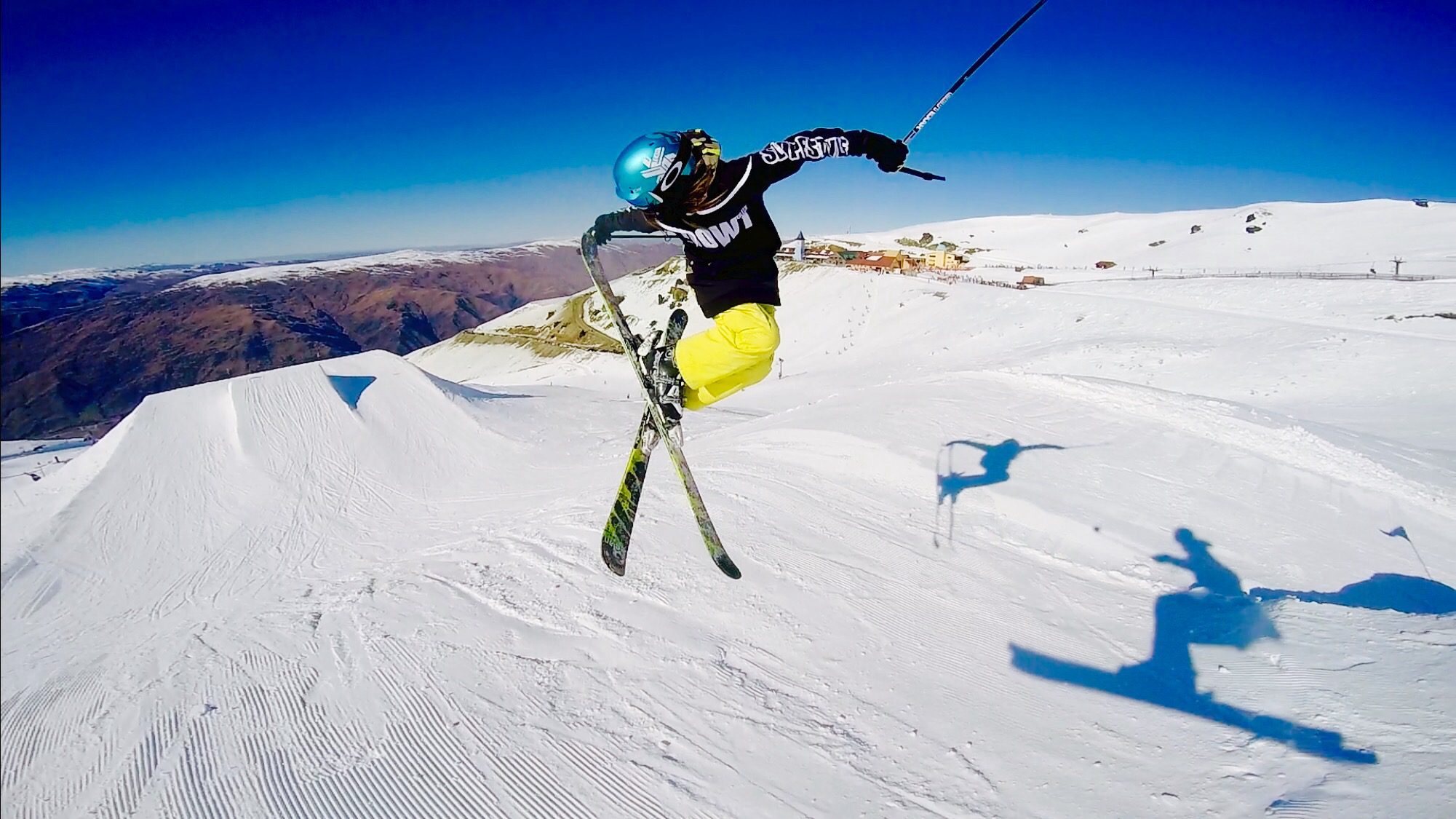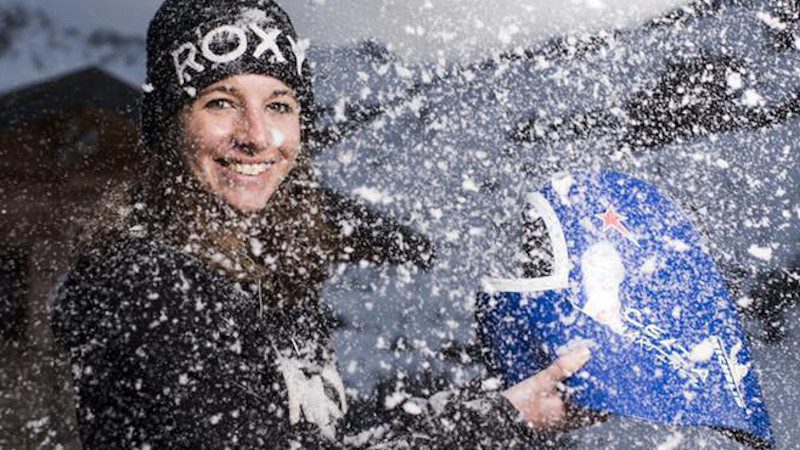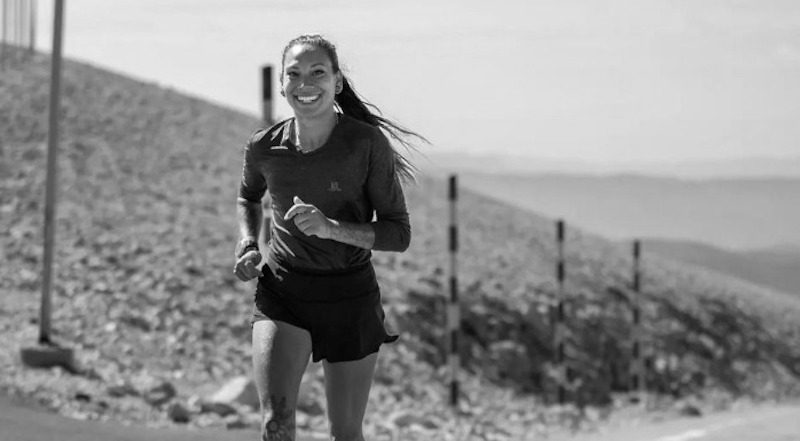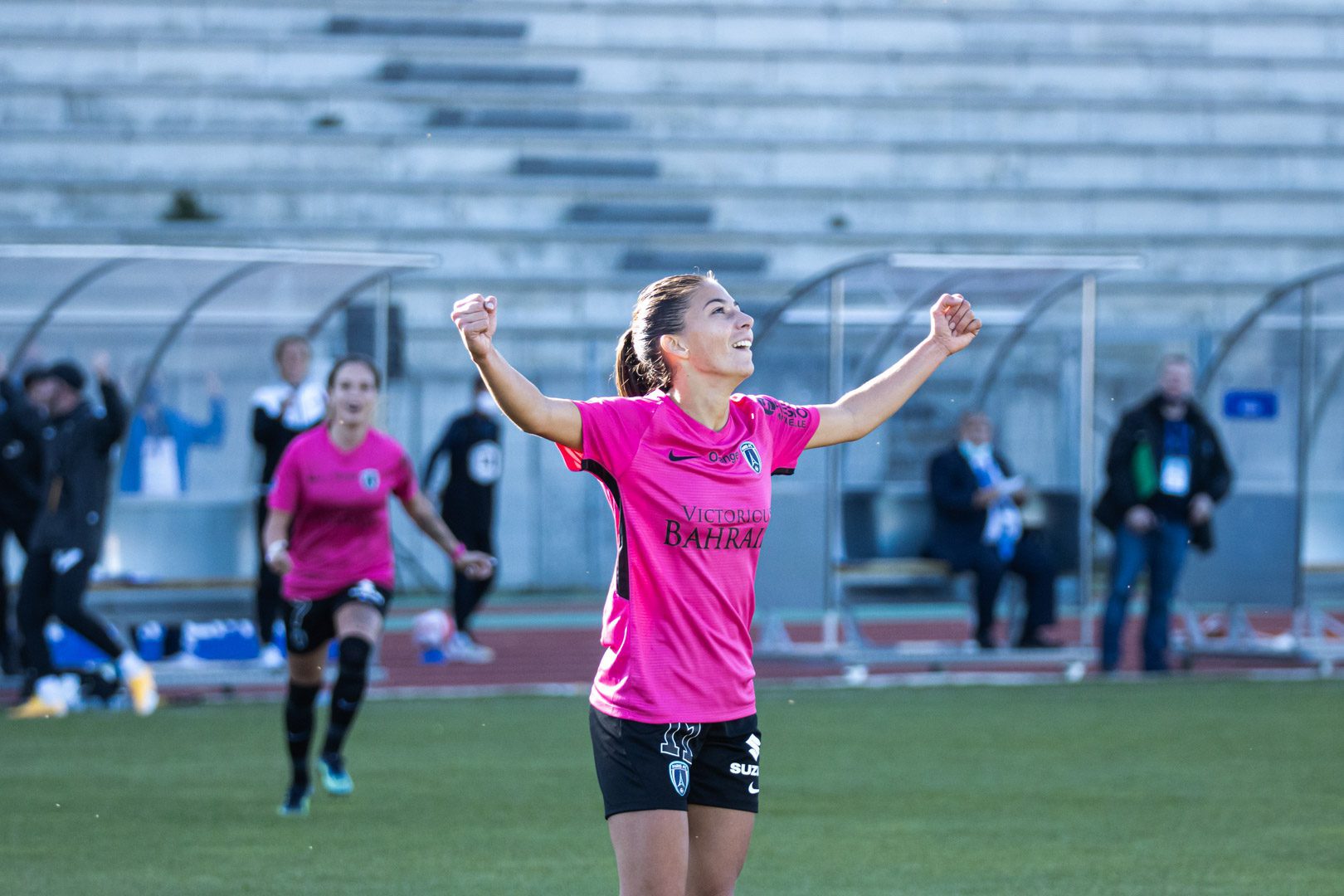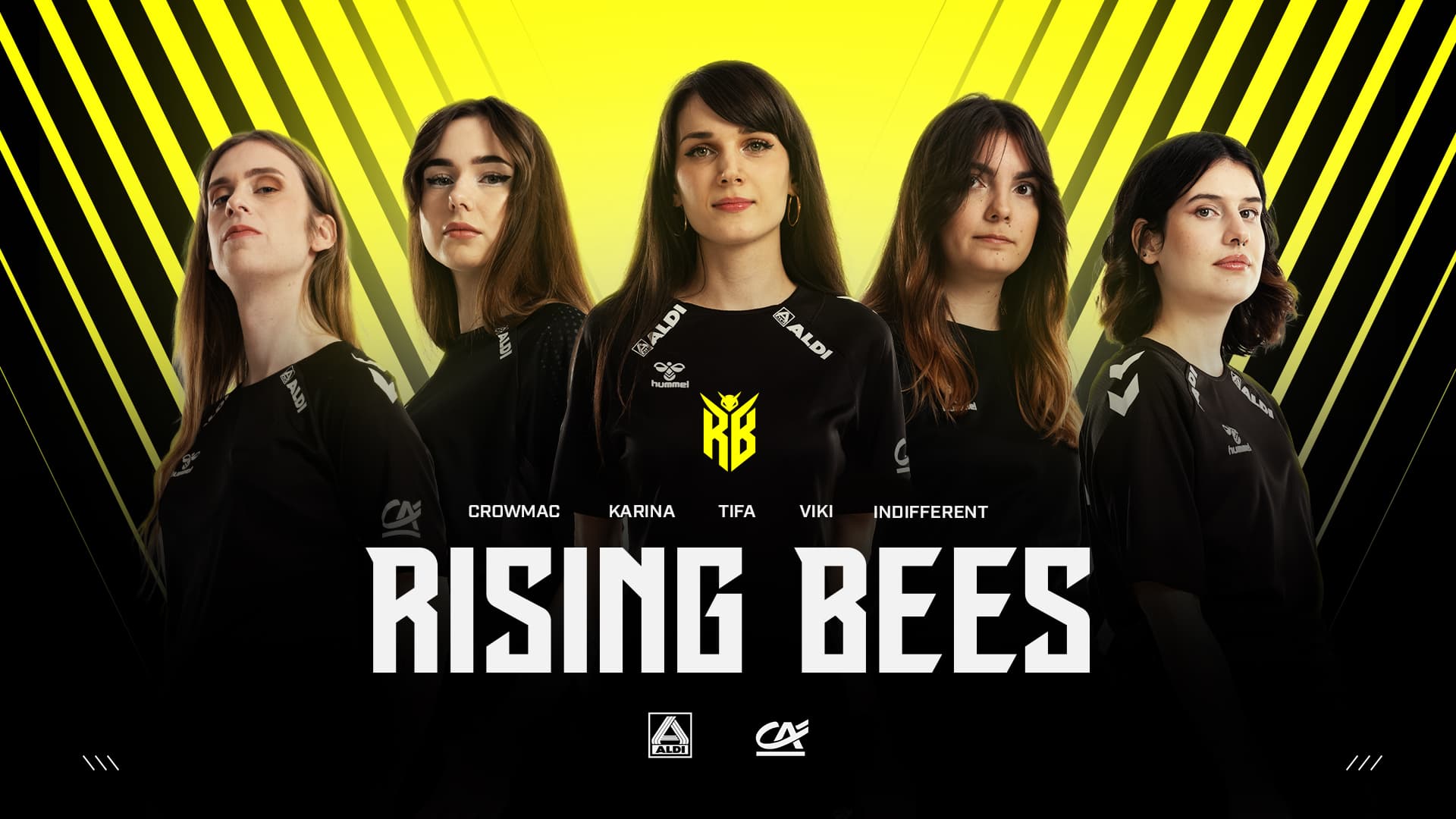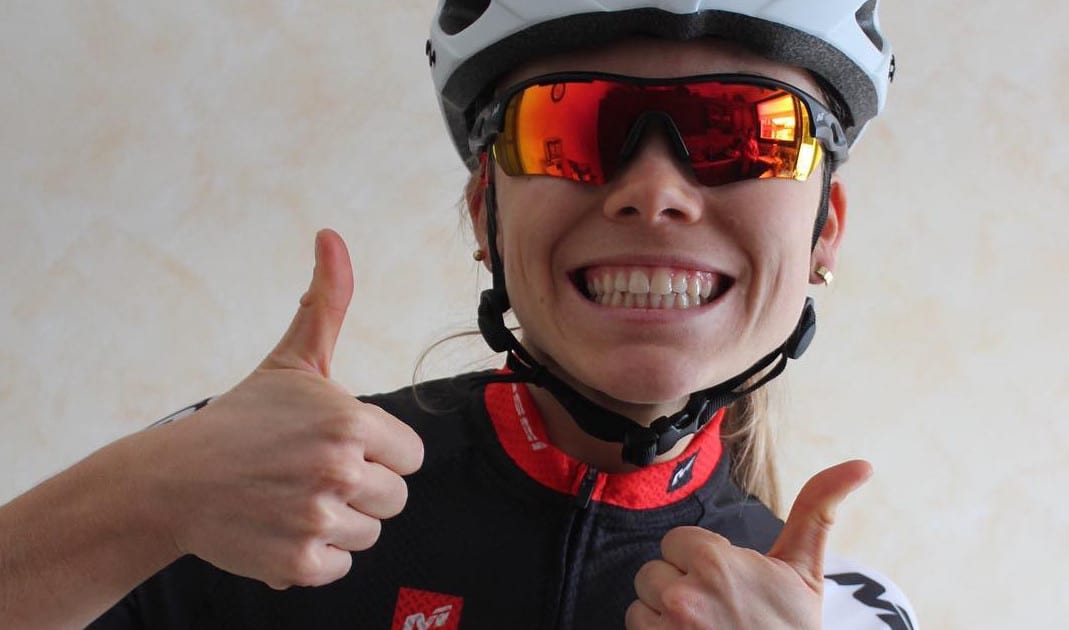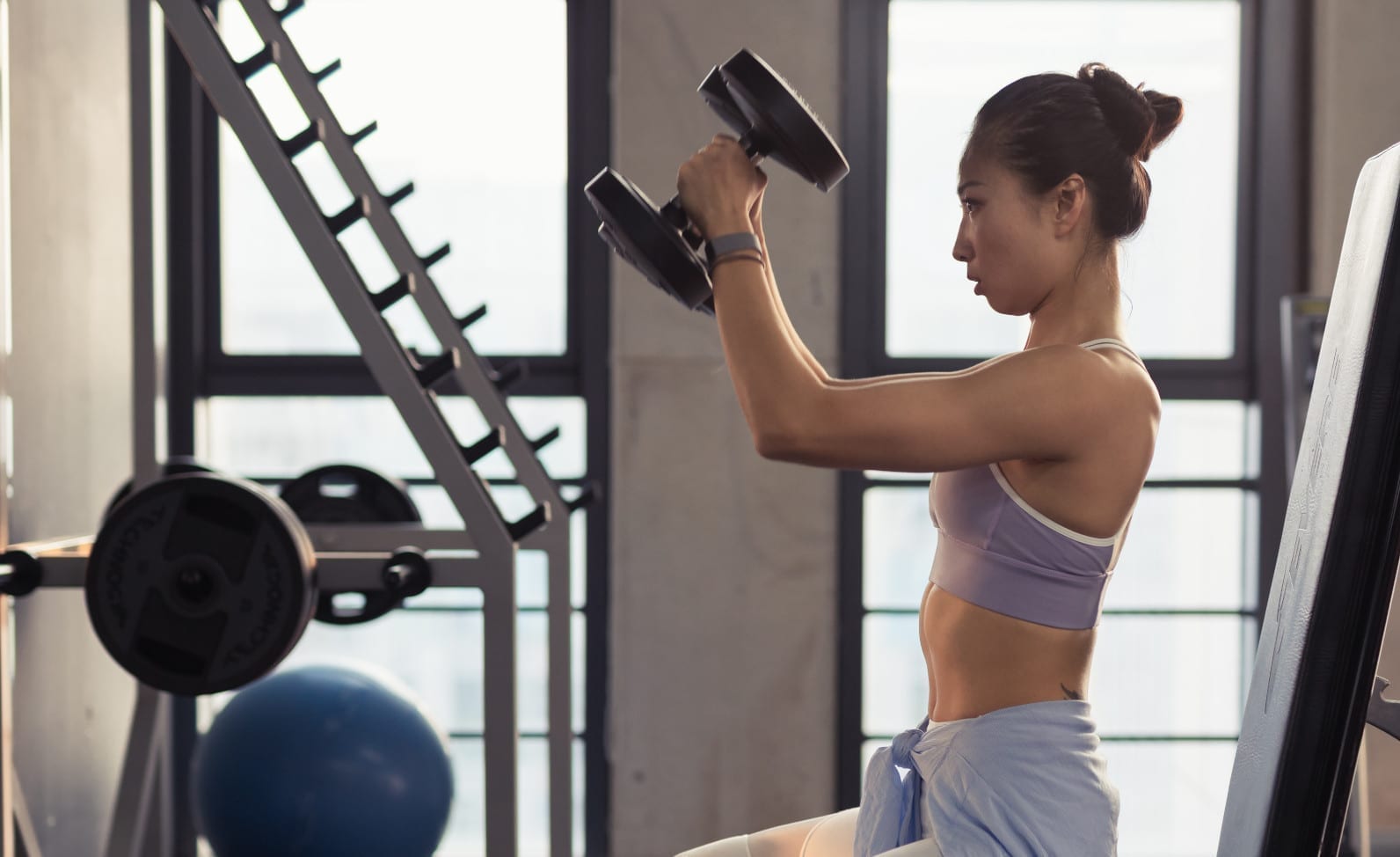« For me, sport has always been a way of life, in an artistic sense. I always wanted to do sport, but not just sport for sport’s sake. That’s why, ever since I was little, I’ve practiced dance assiduously. So much so that I trained as a Zumba instructor, after having done classical dance as a child, like (almost) all little girls, and even rhythmic gymnastics. I also tried fencing, being a great lover of swashbuckling novels. I imagined myself cutting through the bad guys ! And yet, I’ve always had an ambivalent relationship with sport. I’ve always been afraid of getting hurt or competing against others. Also, people told me from early on that, as a girl, I couldn’t go and challenge others, that I had to be careful with my body… So I’ve always handled sport with kid gloves.

What I learned a bit too late about physical activity, and regret, is how what some people imagine to be terrible suffering is in reality very beneficial suffering and deeply liberating. Yes, there is suffering — we mustn’t be afraid to say it — but it’s necessary, controlled, calculated and it can stop whenever you want. And that is powerful! The suffering caused by sport is, for example, nothing like the horrible psychological suffering one can suffer at work or in an office.
This whole rope climbing adventure started from a childhood frustration that resurfaced through my professional activities: as a child, people mocked me because I couldn’t climb a rope… It came back when women, great leaders whom I coach, told me that what they sought in their personal and professional lives was elevation: a way to take perspective, to be able to have a broader vision, to rise. I could only exorcize this frustration of women if I experienced elevation in my own body — the body that had the chance to give birth, that had lived and endured. And I finally allowed myself the right to dare doing what had held me back for years.

In this ascent project, I was fortunate to be instructed by Florence Delahaye, who is, in my view, the greatest priestess of rope climbing. When I attended her class in September 2024, I almost apologized for being there. Inside myself, I believed I wanted her to tell me : “But poor girl, look at your age and your body, this is impossible.” But no, she took me seriously : I couldn’t believe my eyes. For each session, we started with two hours of training, including an hour and a half of warm ups: small runs, then we warmed everything tied to joints — shoulders, knees, hips, wrists, arms. Then we worked flexibility and deep muscles with lots of abdominals, many planks with resistance work and core strengthening exercises. Finally, we tested on apparatuses like the trapeze, the straps, etc. It was pretty wild, for me, to get to that point. To tell myself that a body like mine could do that.

Practically, let me warn you: it hurts a lot in the hands and feet! But the first time I climbed the rope, I can tell you that, despite the difficulty and the pain, I felt a great joy. When I reached the top, someone said: “Look down.” And I was applauded by all the athletes and circus arts specialists who had come to train that day. In my mind, everything was racing. I said to myself: “If I succeeded, then why wouldn’t other women succeed ?” This personal challenge, at first glance, later transcended me as an artist and as a woman : I had to pass on this experience within my commitment to women’s rights. Indeed, I am the director of the international forum “Femina Vox” which has been celebrating International Women’s Rights Day for over seven years. This elevation symbolized, for me, the efforts of all women to lift themselves toward equality. That’s how the idea came to me to make this short film “Woman on Rope” for March 8, 2026, International Women’s Rights Day.
The trailer for “Woman on Rope” by Kadic Multimedia. The short film will be released on March 8, 2026.
This film weaves together women’s rights, art and sport through this simple but powerfully symbolic gesture of a woman climbing a rope and rising toward the sky. Each tableau in the short film corresponds to a different posture of a woman’s body while suspended from the rope and thus to a symbolic image of the major stages, advances or setbacks in the history of women’s rights. When it’s about what’s happening in Afghanistan for example, I will carry the rope around my neck, to recall all the hangings that have taken place. In the United States, there will be a strong focus on the belly in connection with the debates on abortion, and other symbolic combats for France, the Democratic Republic of Congo, Iran, India and Saudi Arabia. It is a reflection and staging around the objectification of the woman’s body : it must remain aesthetic and, at the same time, be striking enough for the message to get across…
Each shot and sequence is accompanied by a female voice, in her native language, linked to the seven mentioned countries, forming a universal polyphony. These chapters, like memorial snapshots, are intended to be educational tools for schools. At the end of the ascent and the different stages, there is nevertheless a message of hope, a release of a dove, as a universal call for peace and equality. Because, it must be reminded, women’s rights are part of human dignity for all.

The short film “Woman on Rope” will be filmed around November. It will resemble an advertisement: short and impactful, to have a “punch” effect. A longer version, in terms of narrative, will be shown later for festivals. We are working with an American co production, Herflix (the female counterpart of Netflix and the only streaming platform dedicated to women). Adriana Shaw, its founder, is a great inspiration for me. By engaging in this sporting process with political intent, my aim was to not cheat, to truly live this ascent in my body and show what it is for a woman’s body to climb the rope because she wants to achieve her elevation despite the pain, despite the obstacles.
My goal is to perform a rope climb as a kind of happening, positioning myself at the border of every country that does not respect women’s rights. To send a message of hope and solidarity to all women. To tell them and show them that we are thinking of them. My dream would also be to climb the rope live at the United Nations…

Among the sportswomen who inspire me today, I would like to mention the American tennis player Coco Gauff, whom I find absolutely incredible. I had the chance to work with Tal Ben Shahar, one of the greats of positive psychology, and I can tell you that what she did by writing on a paper that she was going to win Roland Garros is for me the embodiment of this mindset structuring. And to see it realized at the sporting level was dazzling. I am also fascinated by the American gymnast Simone Biles, for her ability to rise above hatred. It is a delight to see her show her detractors that they are completely off topic, to see her become lighter and lighter. Her ability to bounce back — literally and mentally — demands admiration.
These are women who give me a capacity of very great power because they tell me not to fear suffering or what people will say. We live in a world where every day we are told that it’s impossible, that there is violence, that one must stay home, that we must absolutely do nothing that puts us at risk. These women show us the opposite.

My vocation toward women’s rights, my determination to be able to help women, comes from decisive encounters such as Tatiana Mukanire Bandalire, a Congolese activist leading the movement of women victims of sexual violence, or Eve Ensler, the American dramatist and feminist, author of The Vagina Monologues. She created a refuge city in Congo called “City of Joy” to allow women who have been raped, and thus driven from their homes, to have a place of their own to rebuild. There are offered art therapy, sport, theatre, singing, dance workshops…
I had the chance to do my doctorate under the supervision of the 1986 Nobel Peace Prize laureate Elie Wiesel, so questions of art and human dignity have always infused in my work, especially with women victims of violence suffering from post traumatic syndromes. Since 2012, following a recommendation from Elie Wiesel, I became an UNESCO Artist for Peace, a goodwill ambassador. So I founded the international forum Femina Vox which aims to take the pulse of women’s rights in the world, a bit like a barometer. This leads to gatherings of women from around the world to know and understand exactly what is happening to them.

Within this framework, we develop feminist diplomacy. It is a concept that has been implemented in a very specific way by Northern countries and which in France consists of five points. When we say “feminist”, care must be taken since today the word is somewhat overused. When one thinks of the word “feminism”, one thinks of an exclusive movement. Whereas that is not what it is. Feminism should be an inclusive movement. By the way, I want to cite the program I work with at UNESCO called “Transforming MEN’talities” for which each year, men become champions of a positive and non toxic masculinity. The idea is to no longer lump women’s rights with gender issues, but to make women’s rights become human rights.
It is not simply putting women first or starting to recognize a “victim state” for women. But to stand alongside women in this struggle — I’m not talking about a Prince Charming who comes to save the sleeping princess — so that, hand in hand, they build, both together, a fairer society. During this forum, we welcome personalities linked to this cause as well as activists who are making a difference on the ground. During these round tables, I integrate art therapy above all else in which I believe, with programming of artistic performances.

Outside of these voluntary activities, I work as a professional coach in an executive setting, in both the private and public sectors: public speaking, strategy, conflict management, non violent communication, etc. I’m often asked “how to manage the uncertain” and so I work on situational intelligence. Chance can be planned, but uncertainty cannot. Chance is when I put three balls in a hat — a blue, a white and a red — I know I have a probability of picking one of the three colors. Uncertainty is when I put my hand in the hat and find a glittery ball. Today, companies want to know how to manage that. Imagine an insurance company that did not expect the Covid crisis. I always start from theatre, my artistic training, and from improvisation technique.

I coach many women in senior positions in companies but also female athletes, and I also fight in particular for there to be a quota of women at negotiation tables in diplomacy. One must know that today, they are absolutely absent from negotiation spaces. When I ask men who are in different governments why women are not present at these tables, their response is clear: “Because they negotiate.”
What does that mean ? That for men, negotiation is not about negotiating, but about winning. And that makes all the difference. When women are in leadership, we know that listening and long term relationships will be prioritized. A woman will win in a way less visible than a man, that is to say less humiliating for the other party, because there will be a desire to move forward together. She will favor the relational over the lure of profit. This is something I see a lot among athletes I coach for example : there is a real understanding of what is called the famous “win win”, the mutually beneficial in tempered negotiation.

Women today are capable, more than ever, of moving forward, of being able to do things that previous generations could not achieve. We have come to a point where everyone, even hypocritically, accepts that there can be a place for women. They must precisely accept being on the rope, that is to say to continue to walk that uncertain line, between the legacy of previous generations and the present, in order to find their balance.
It is not by saying that older generations understood nothing and that we will reinvent everything that things will move forward. One must synthesize, know where we come from and try every day to learn more and more to strengthen one’s foundation, one’s footing. My recommendation for younger generations would be : “Learn to climb the rope !” »

- The hashtags corresponding to the project : #GuilaClaraKessous #WomanOnRope #8mars
- Guila Clara Kessous is a UNESCO Artist for Peace, Director of the International Forum « Femina Vox », Founder of the International Agreements for Women in Diplomacy, Laureate of the Women Empowerment Awards (Global Gift Gala – presented by Eva Longoria) and Woman of the Decade (Women Economic Forum 2025).
Main picture ©Francois Le Prat
